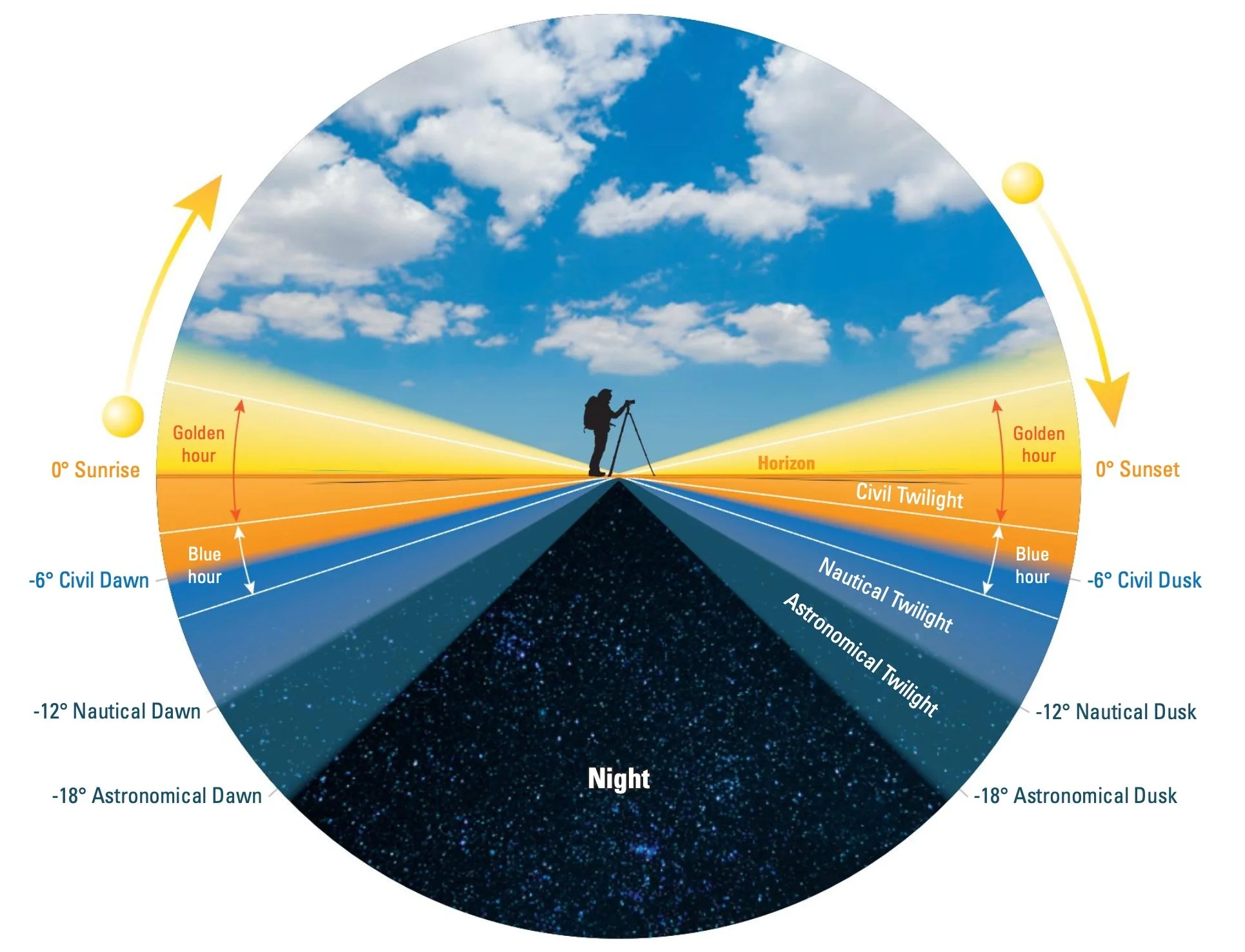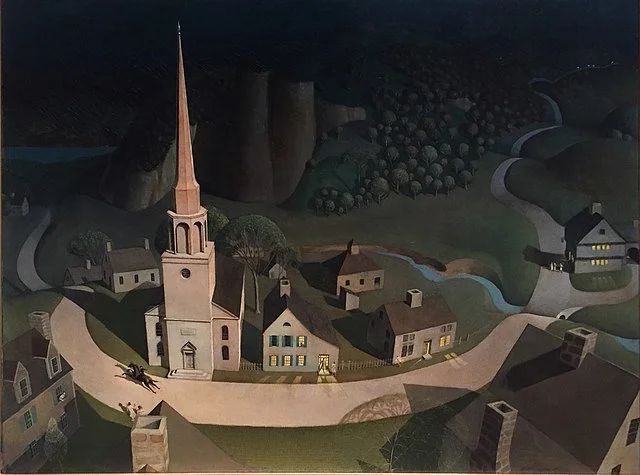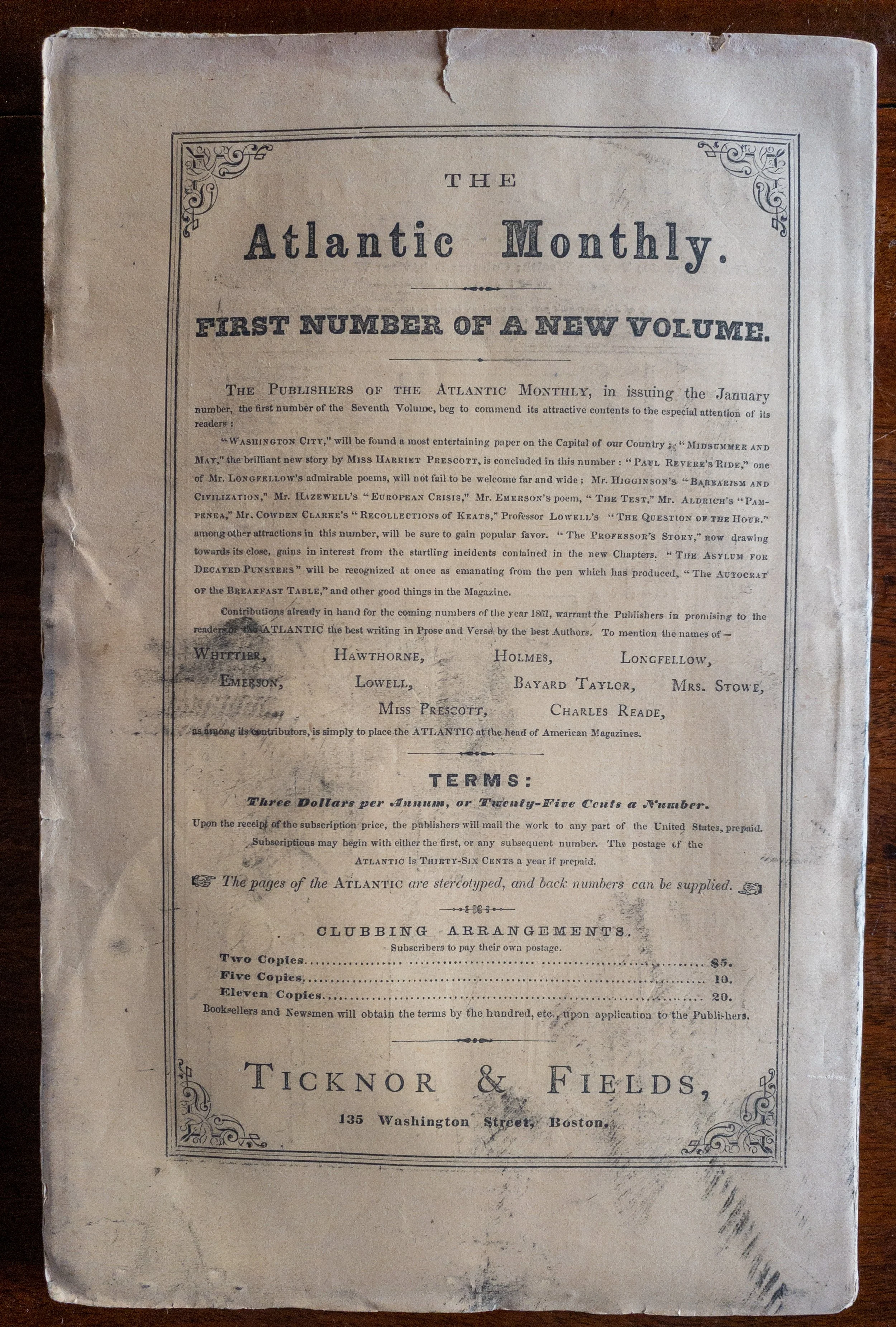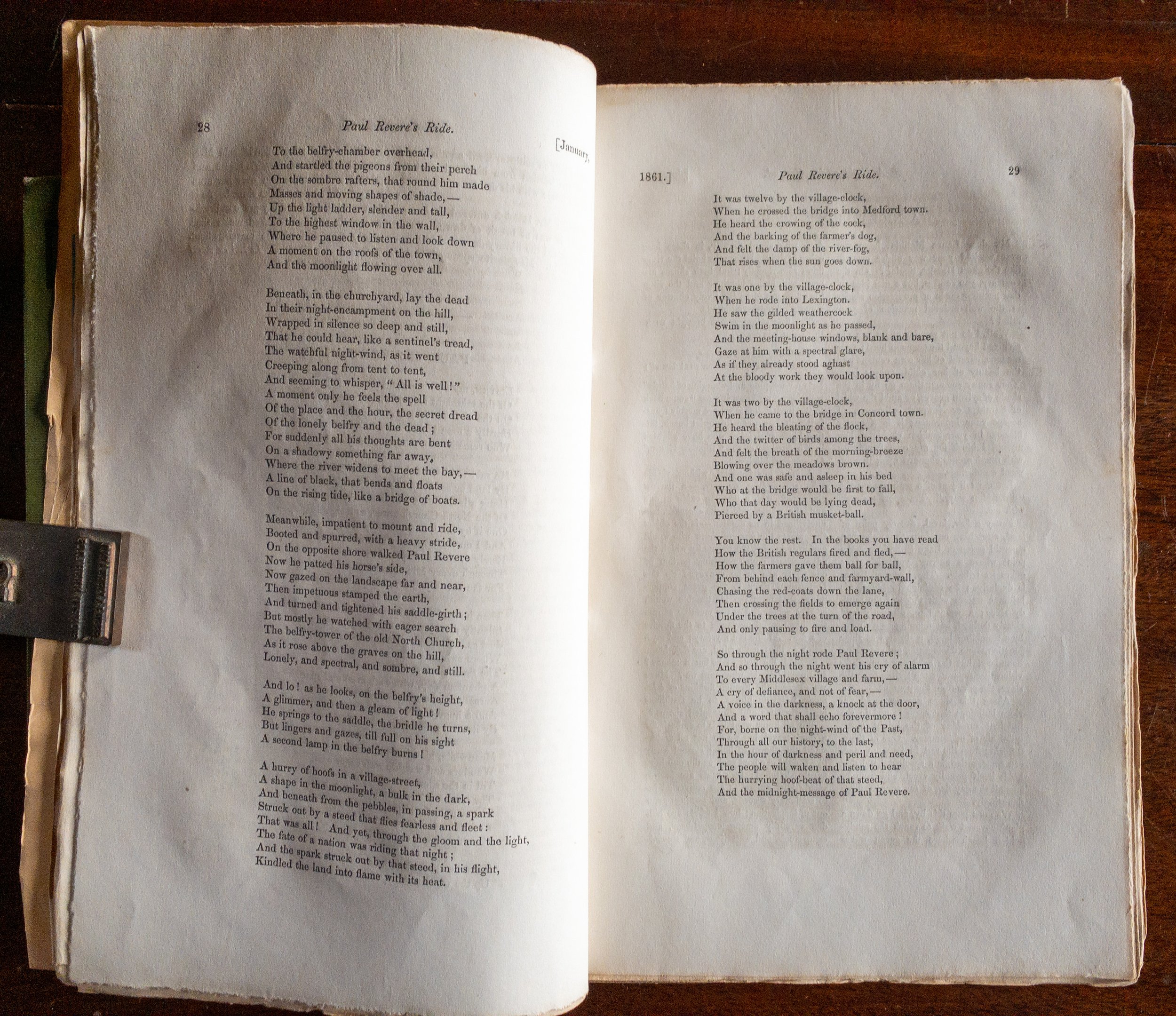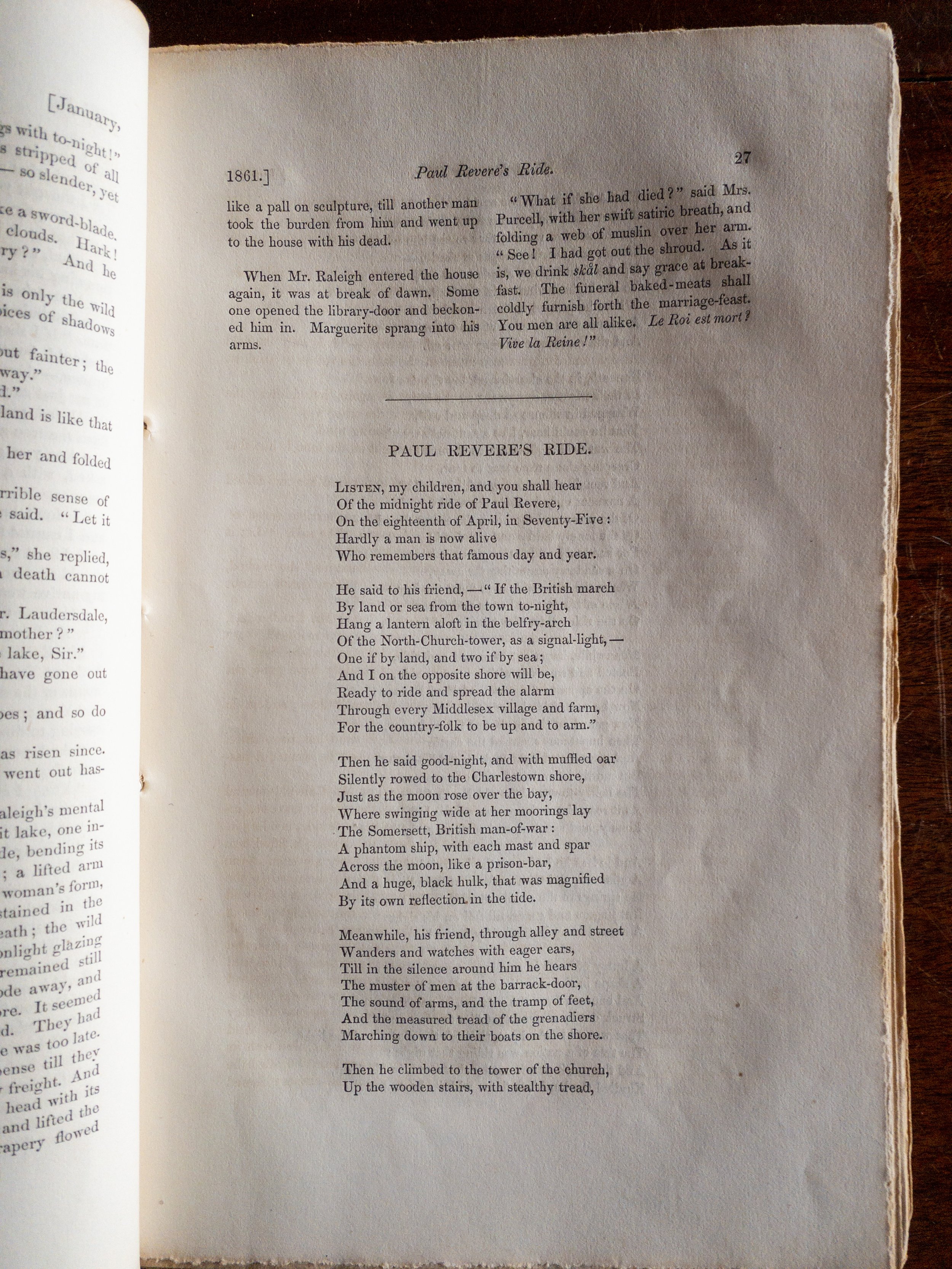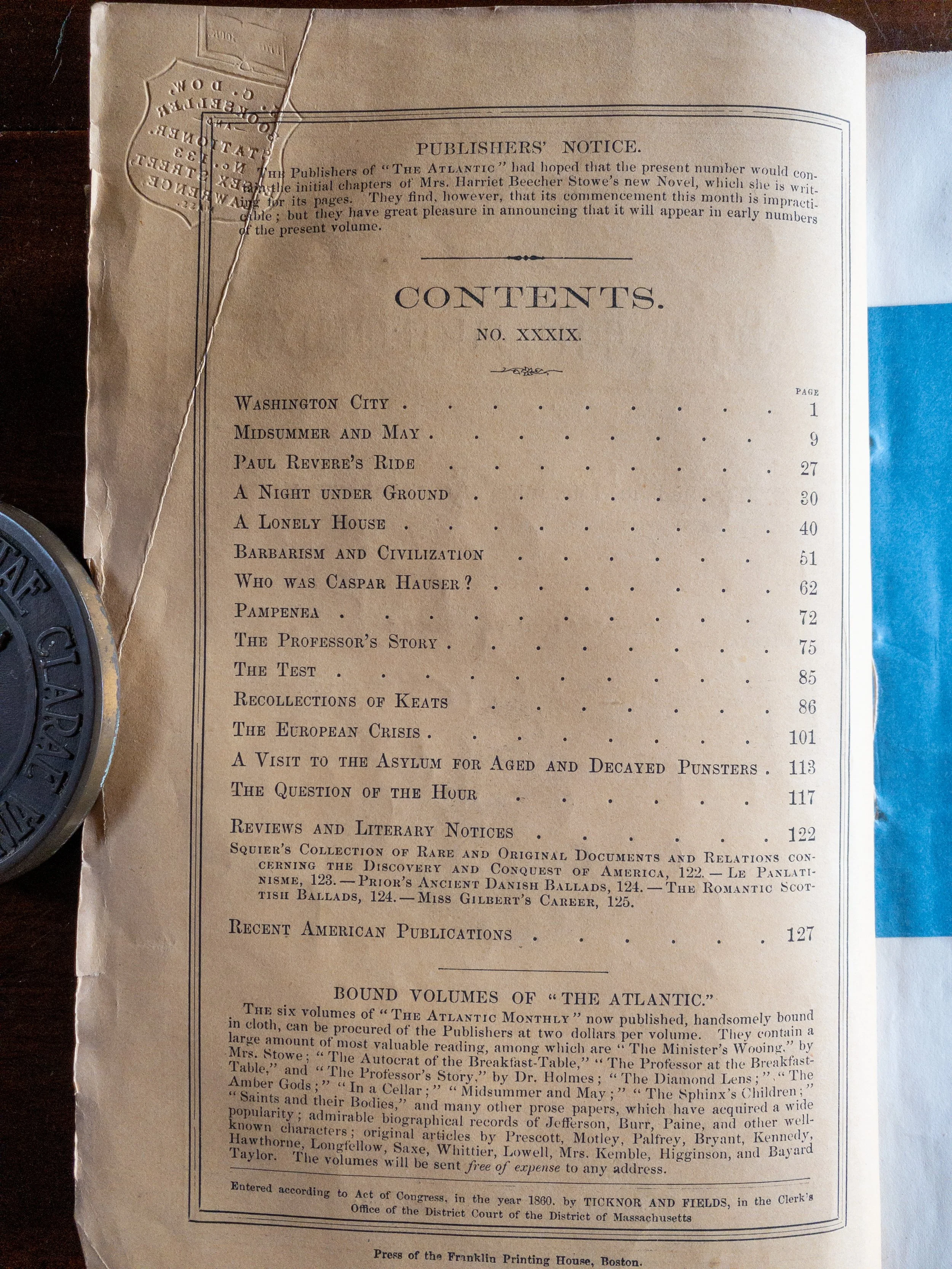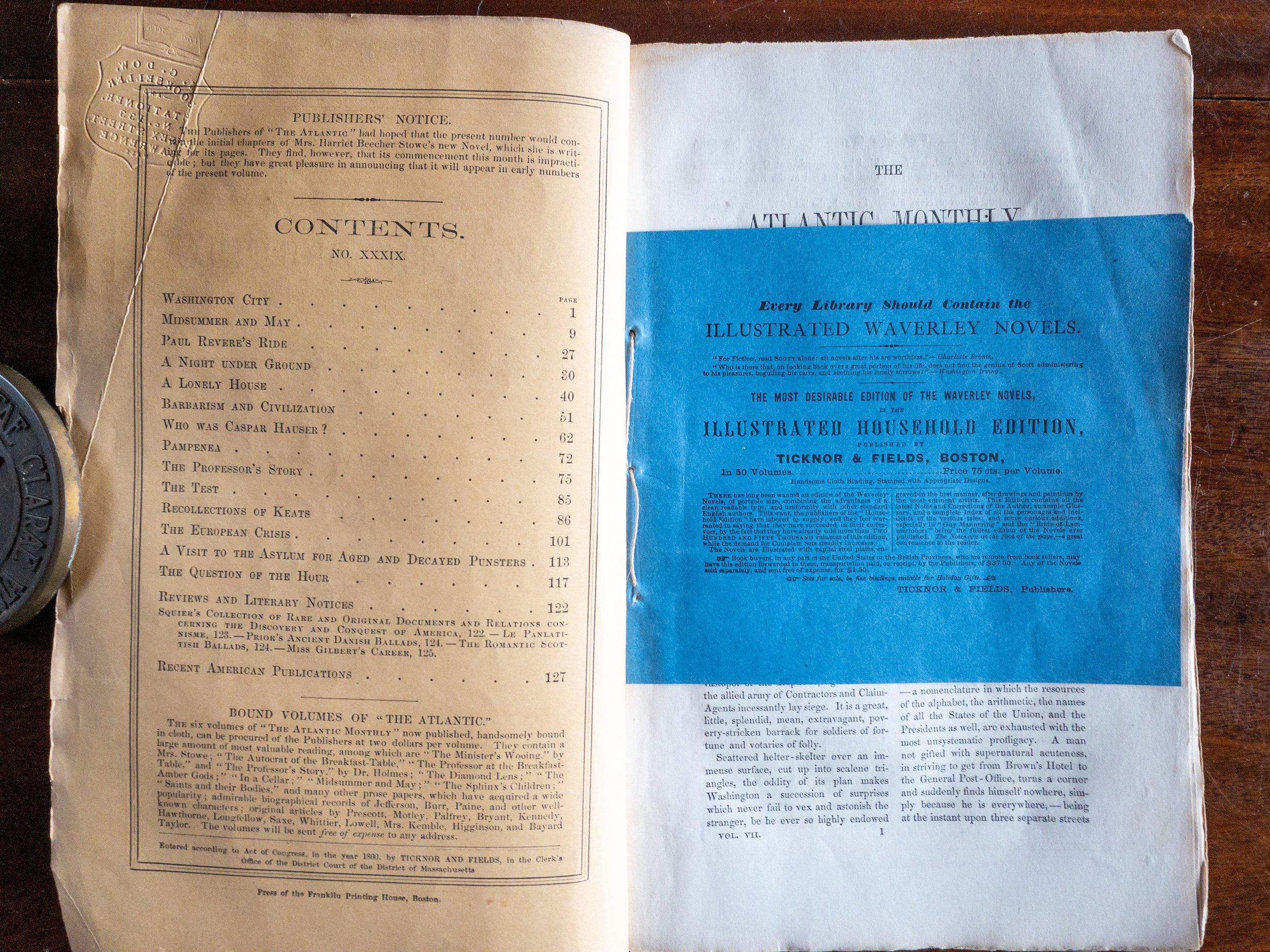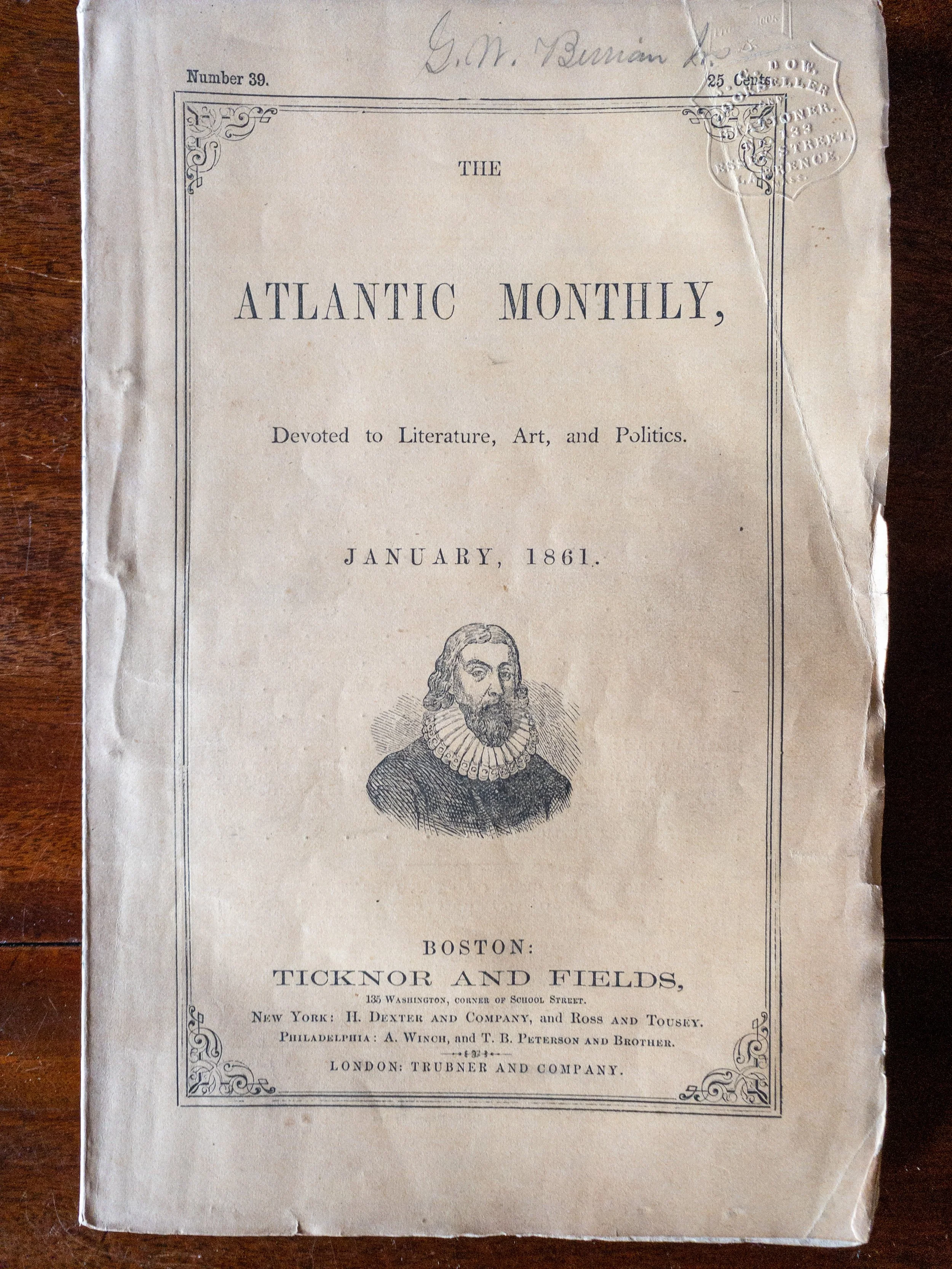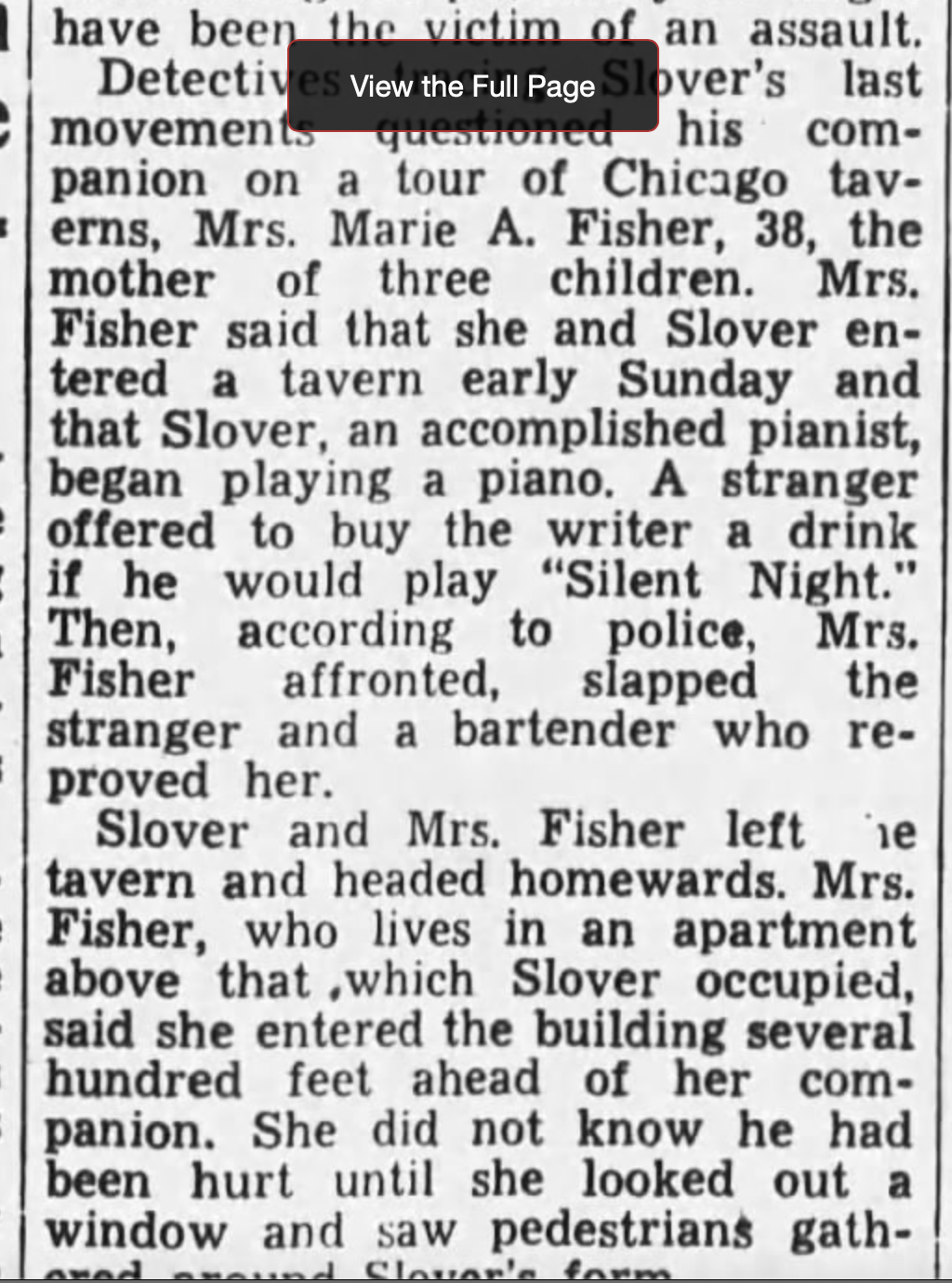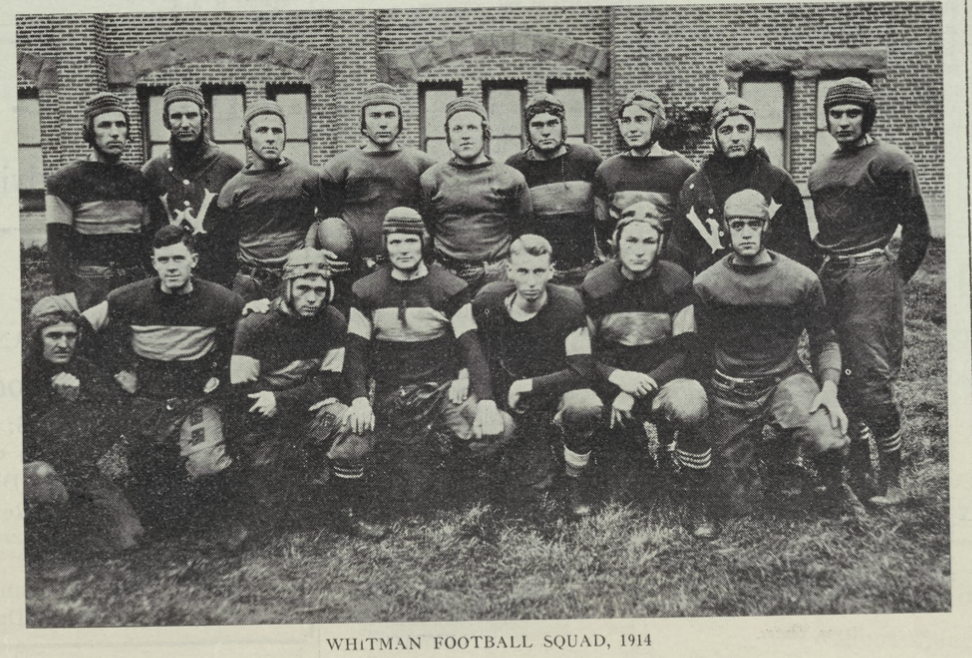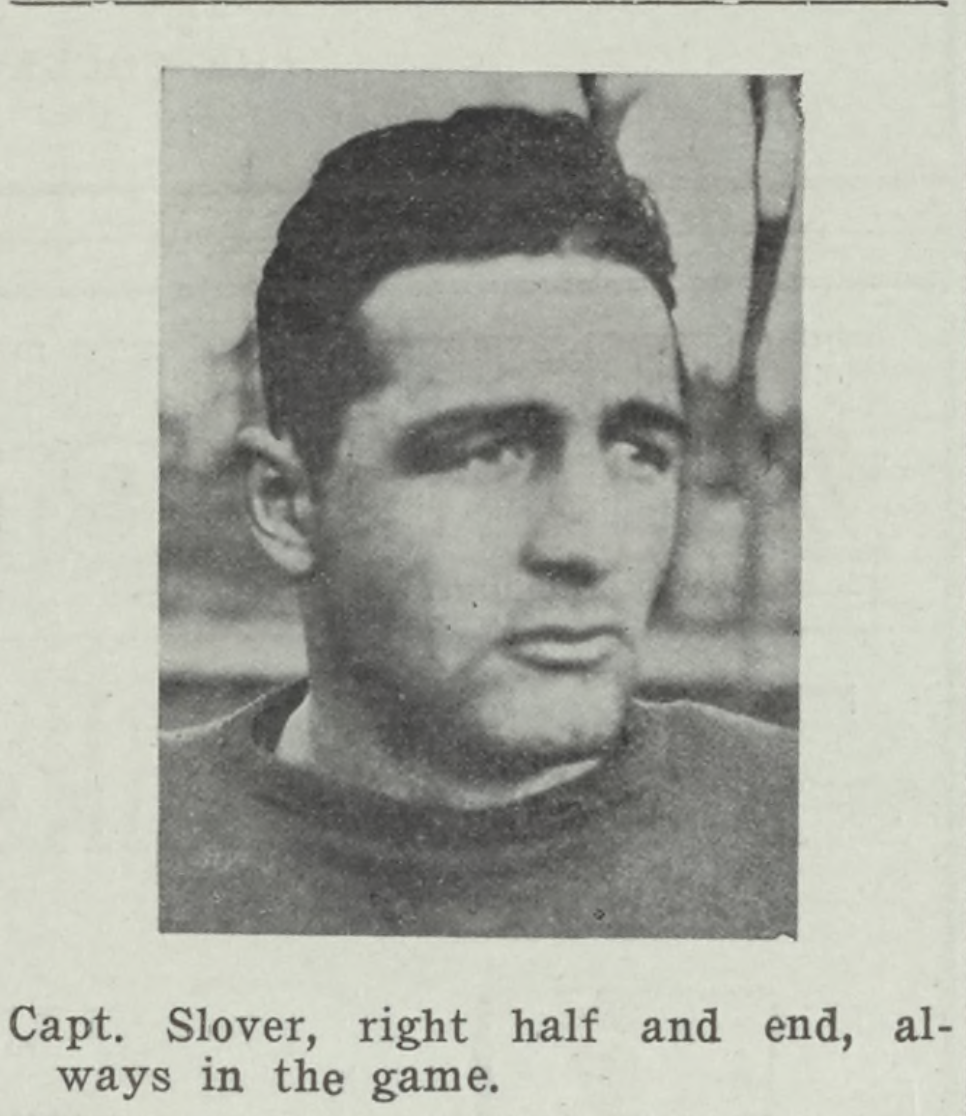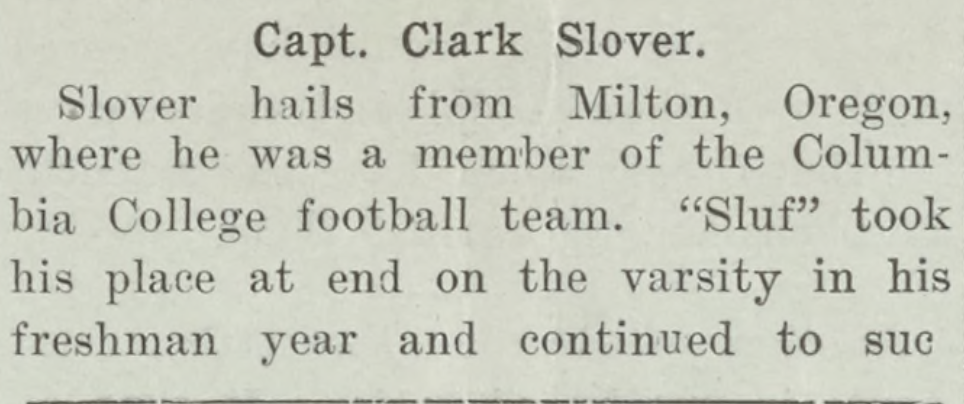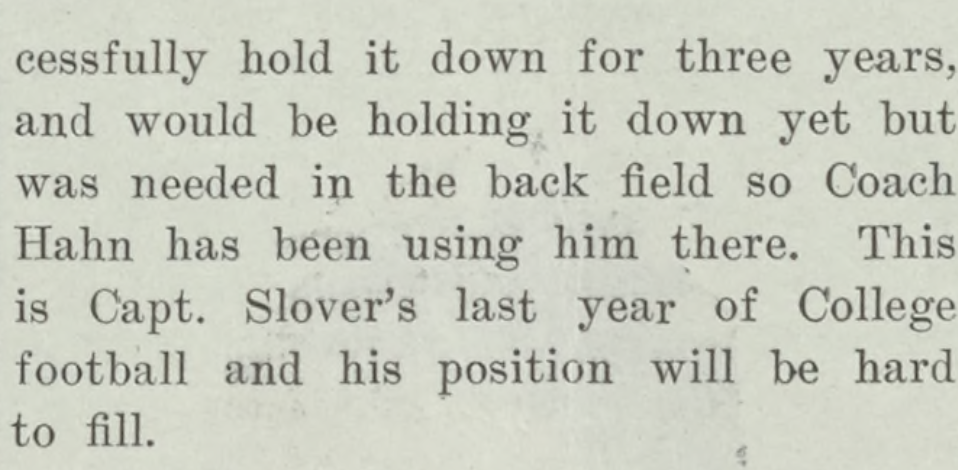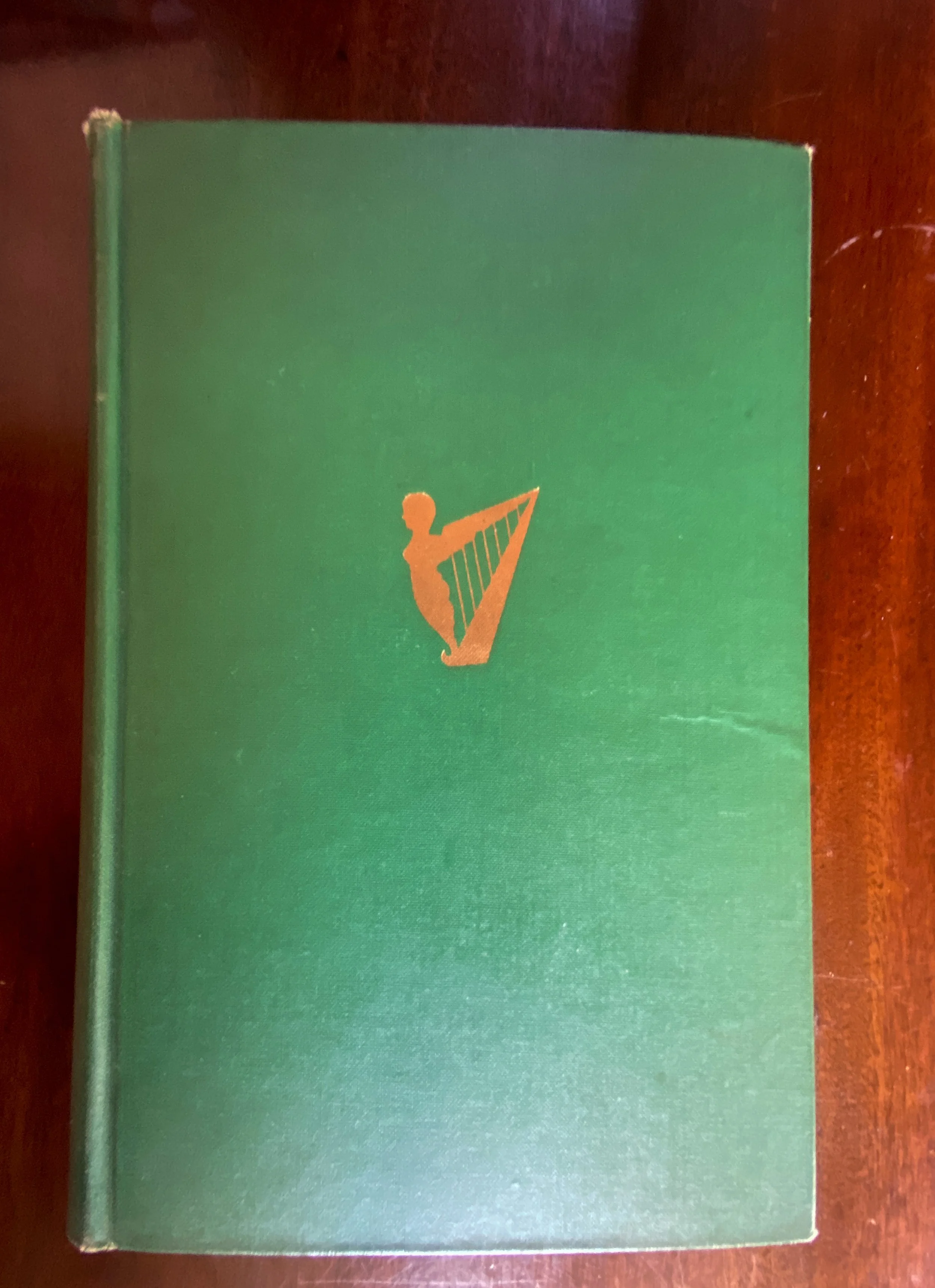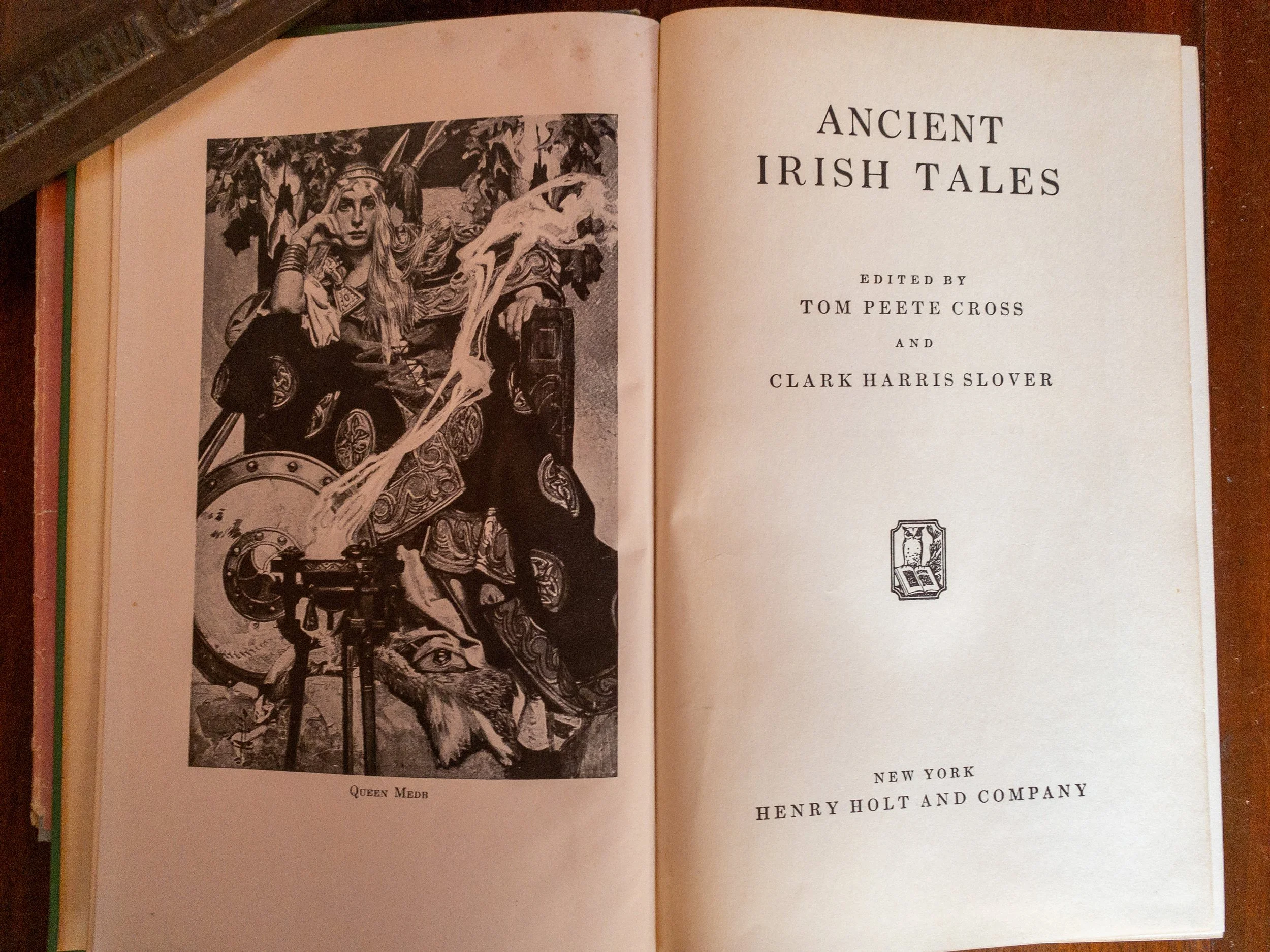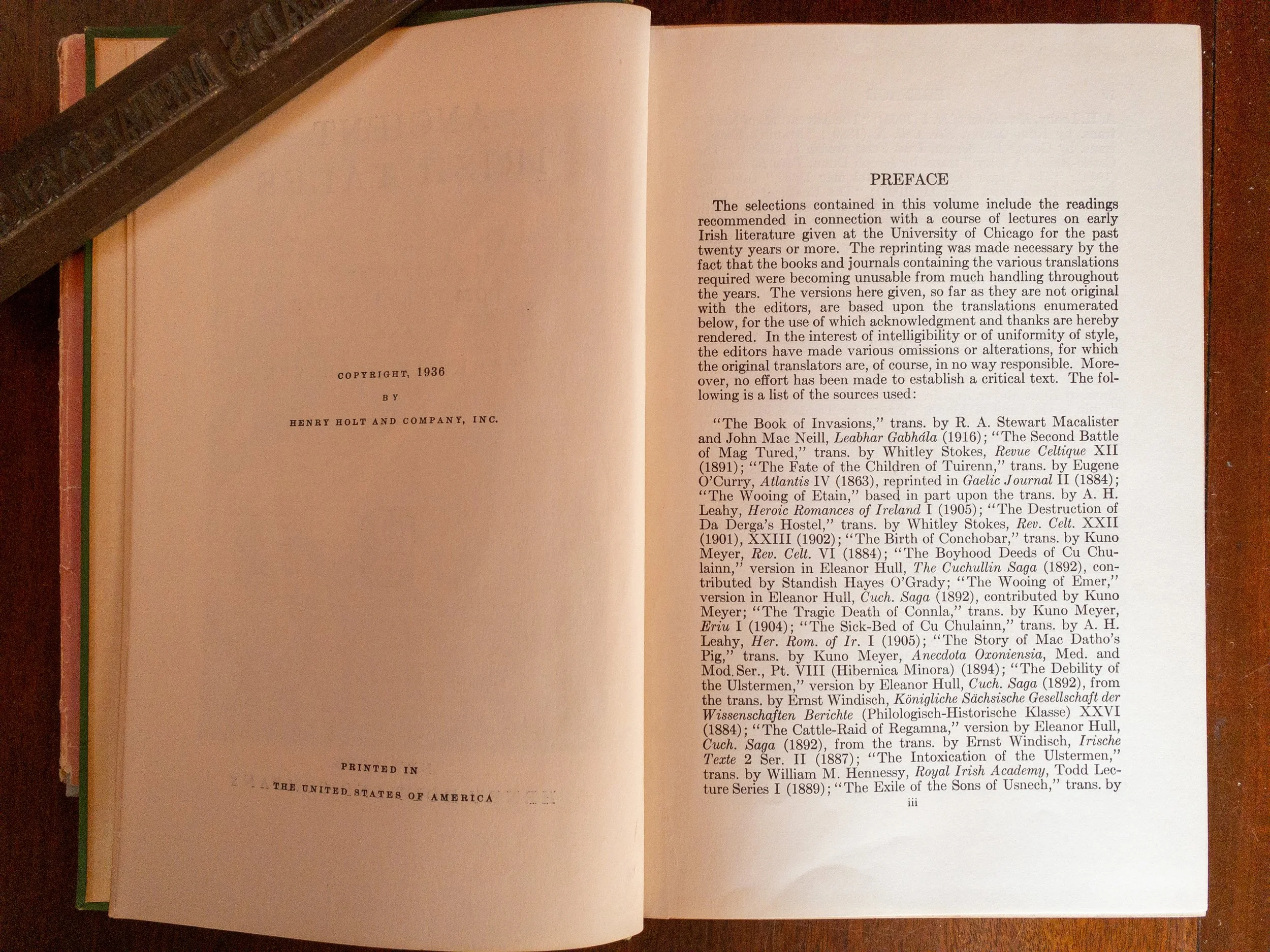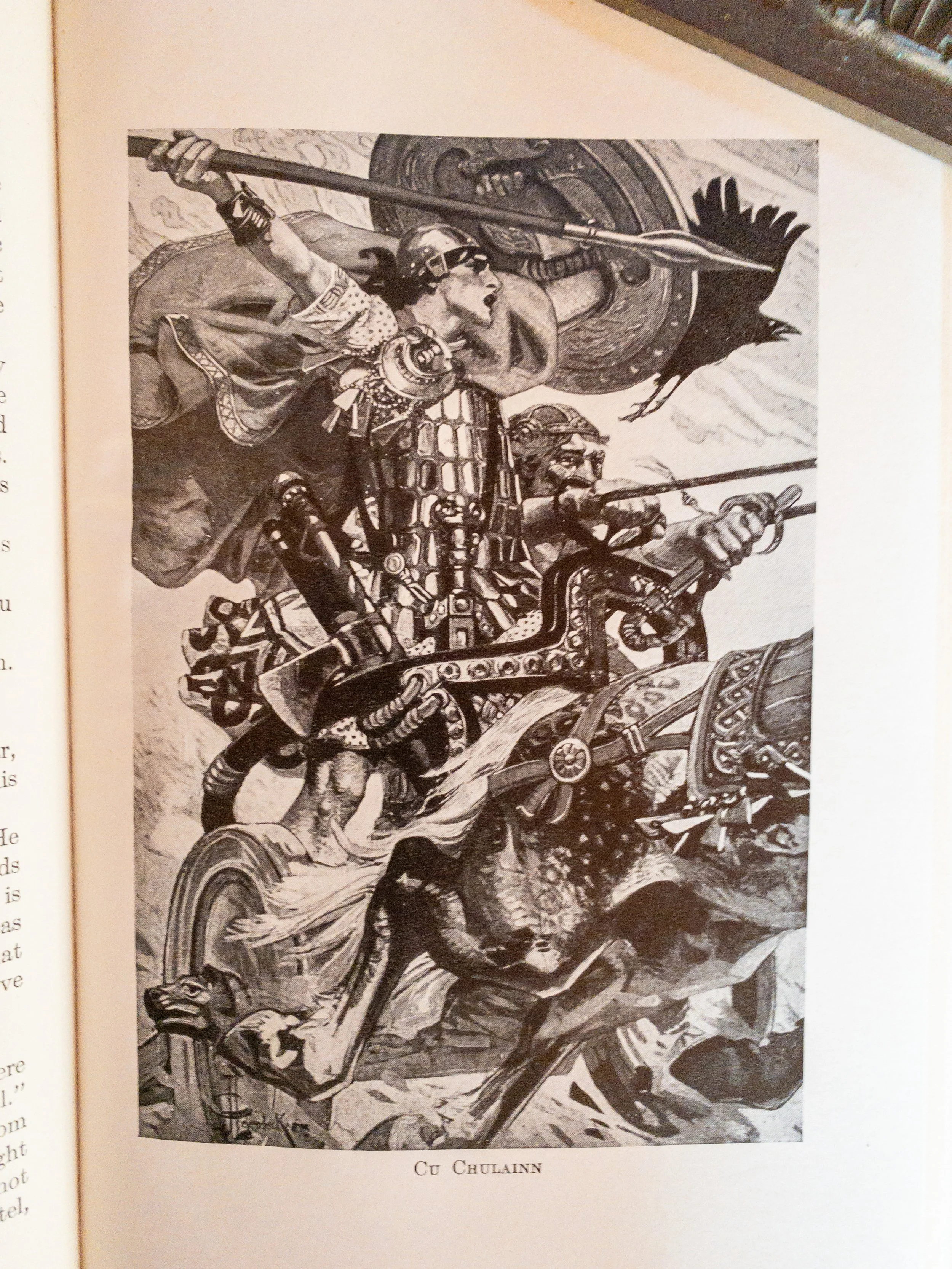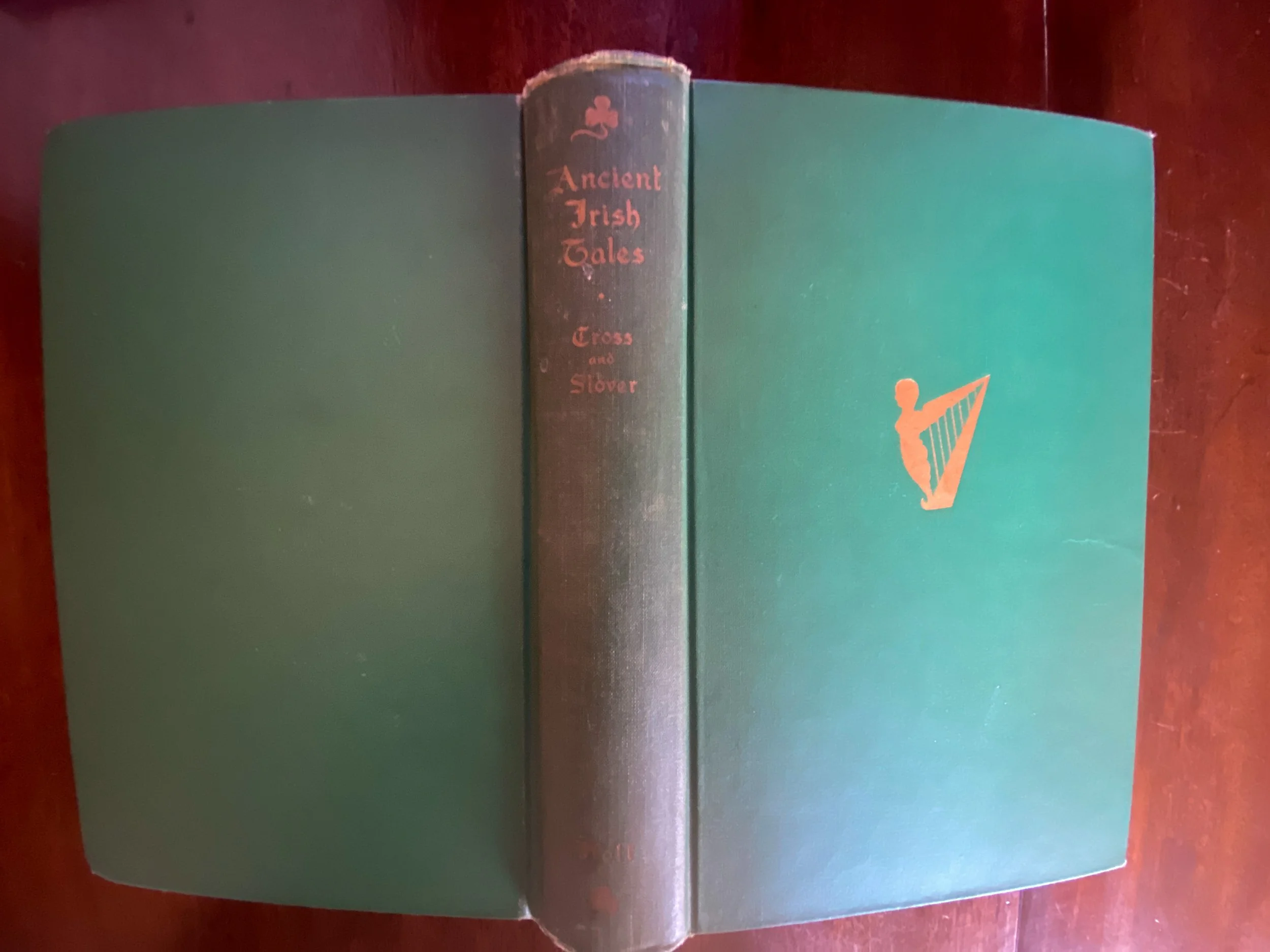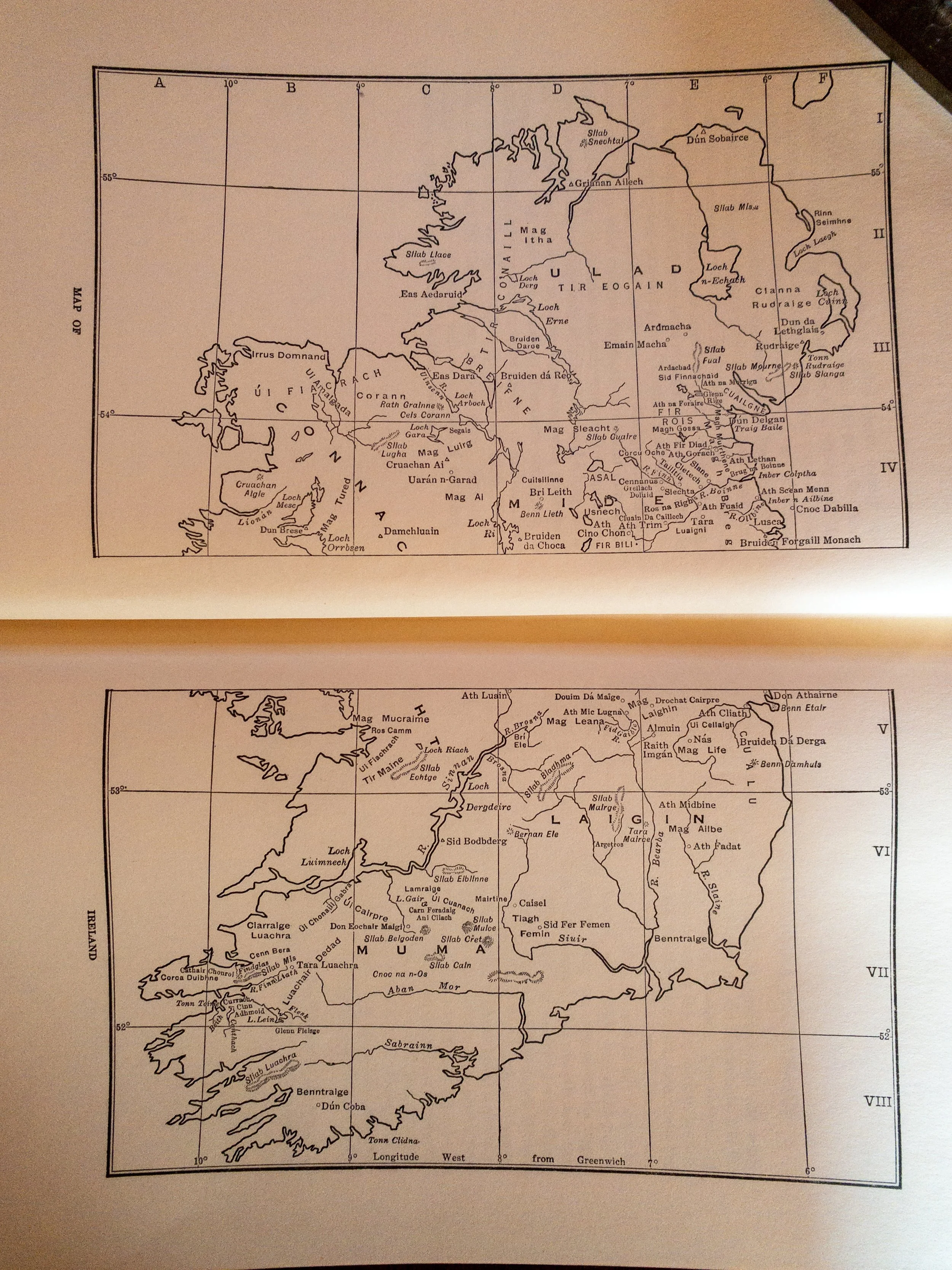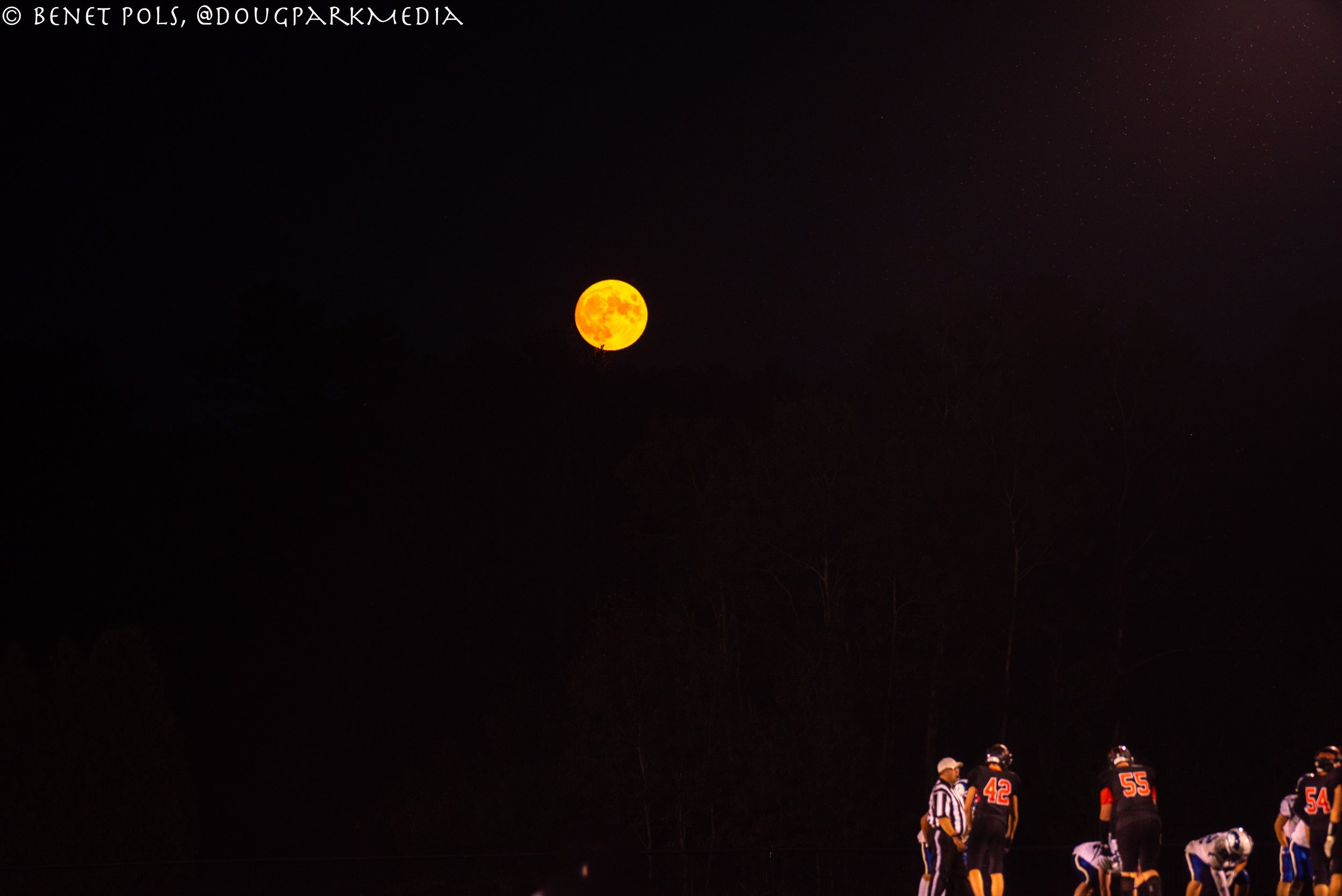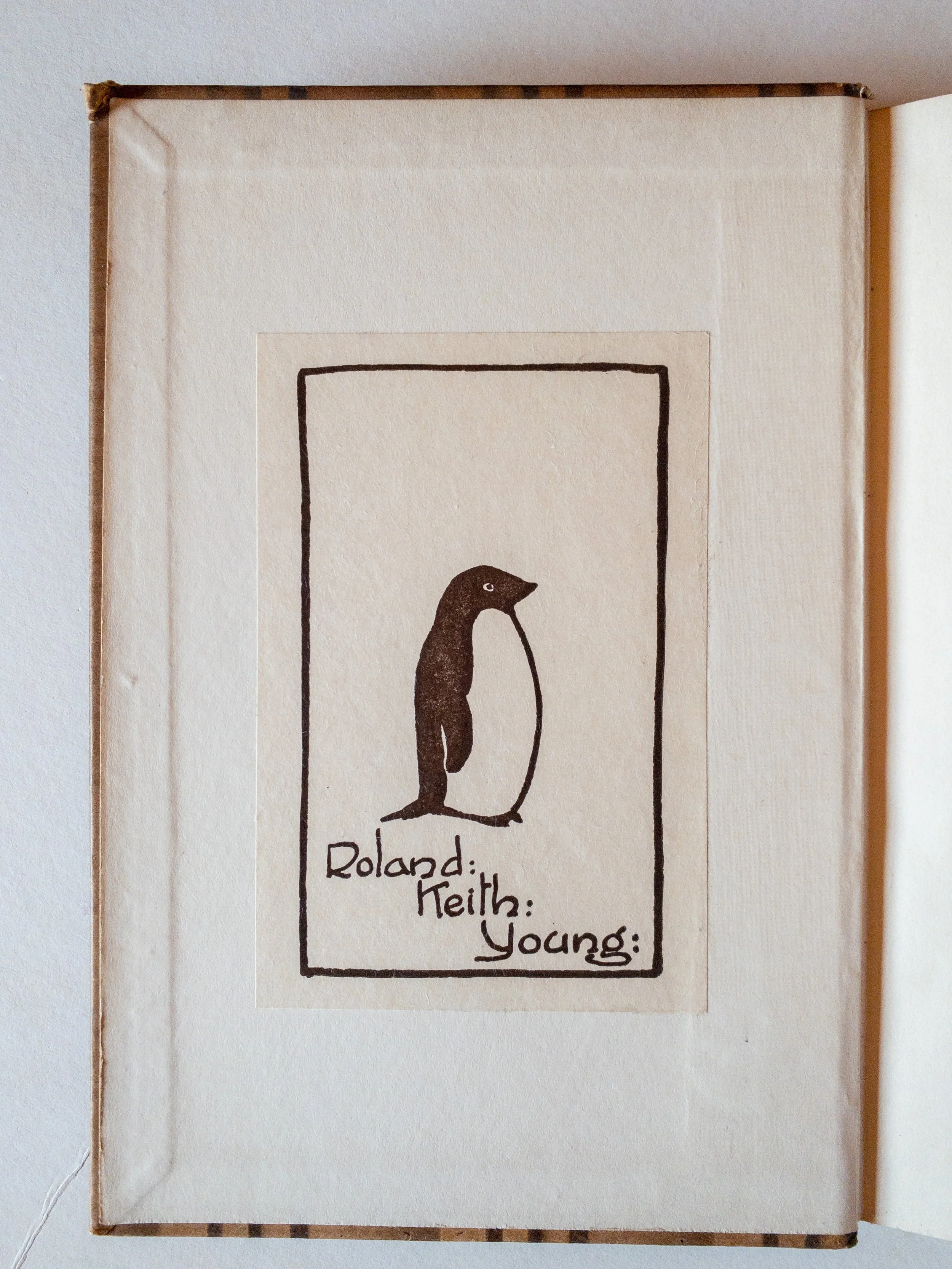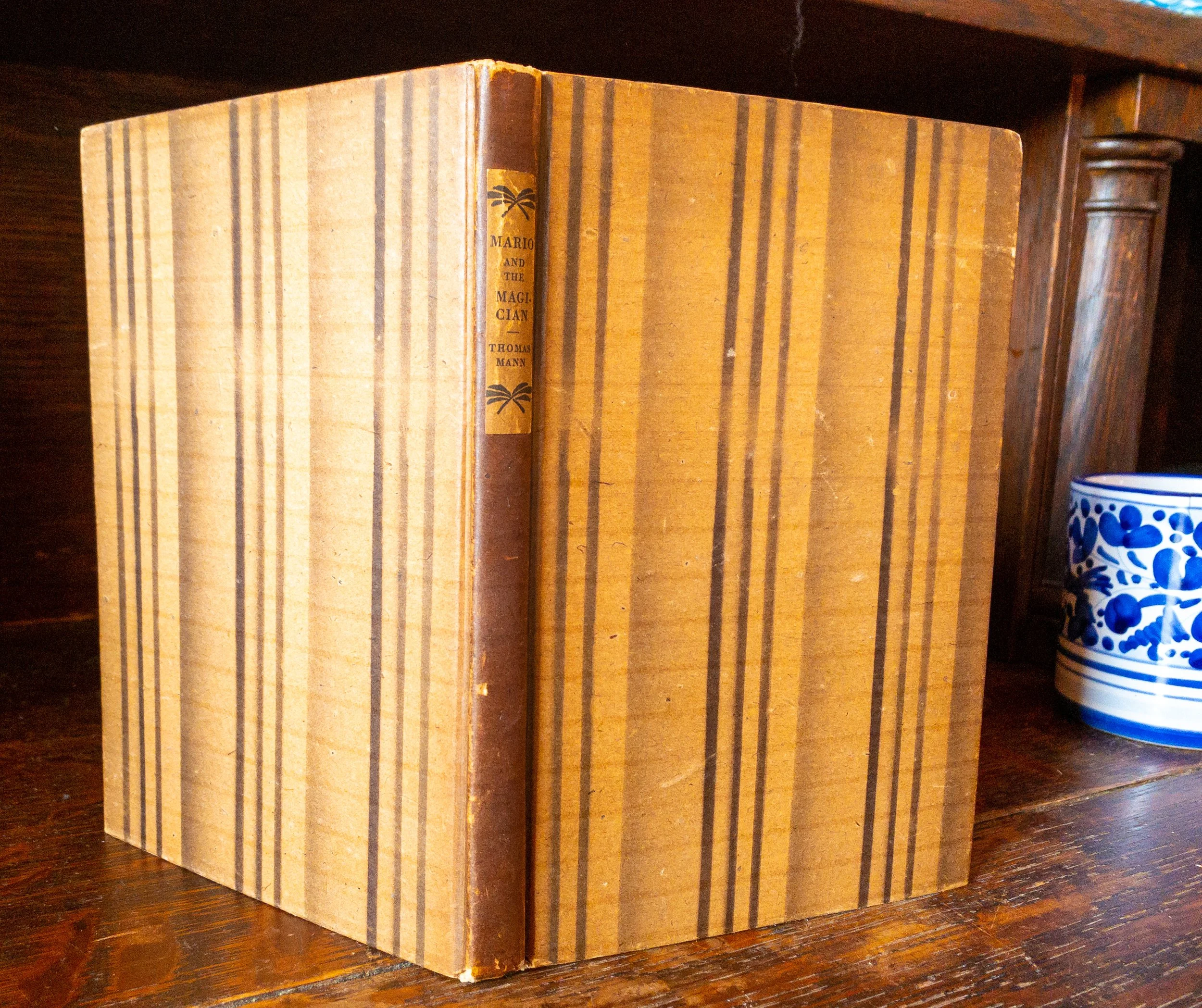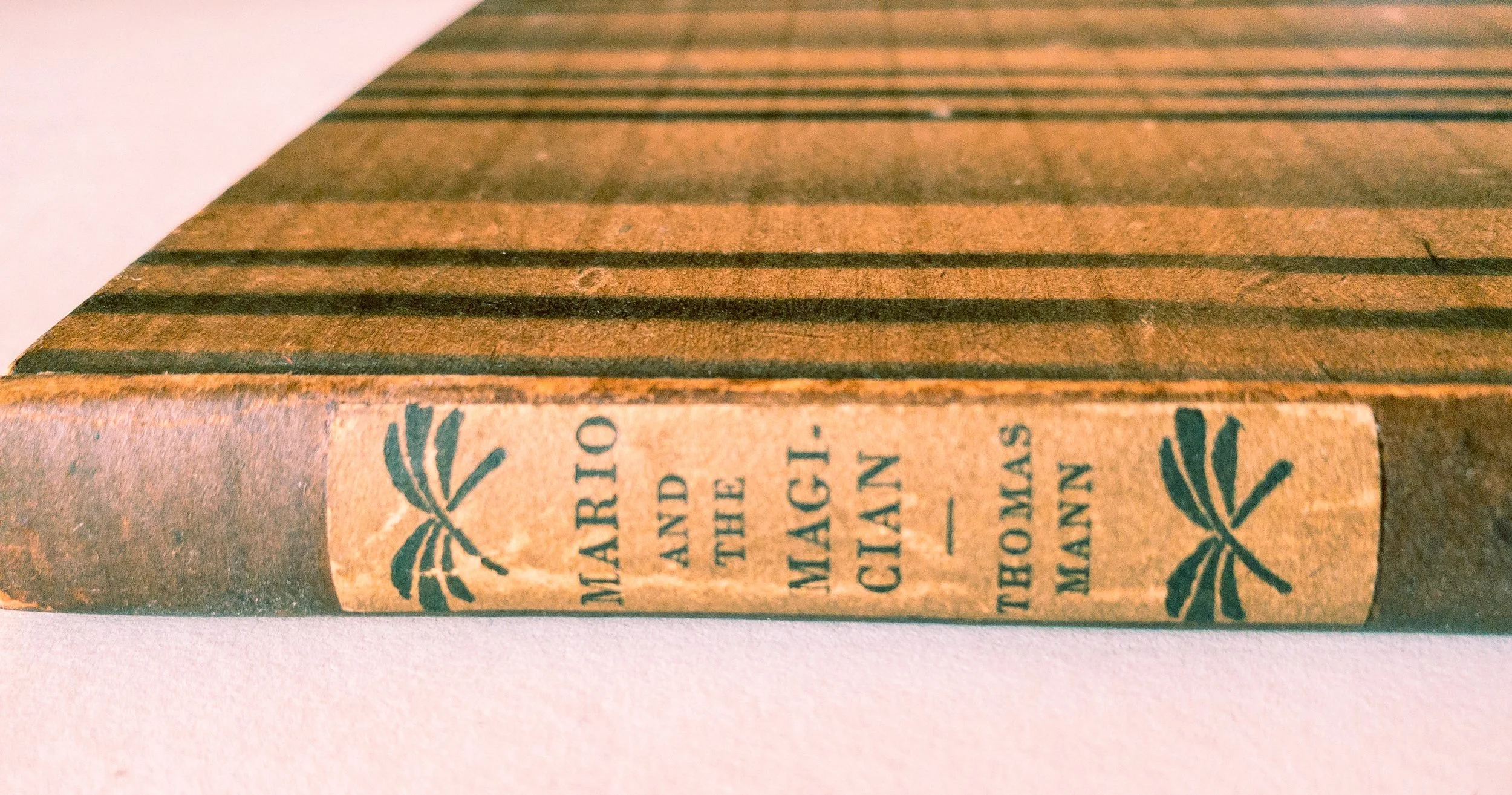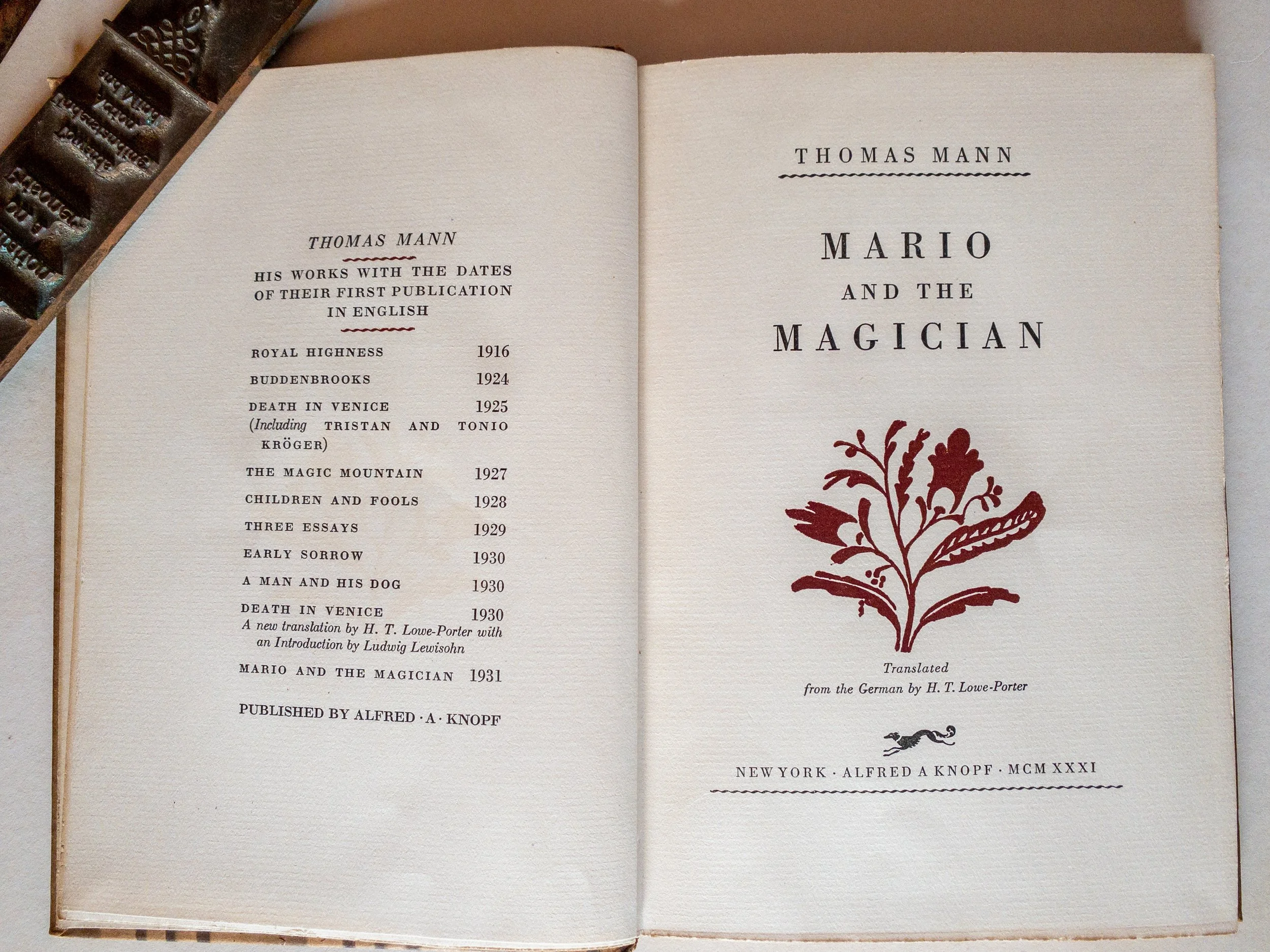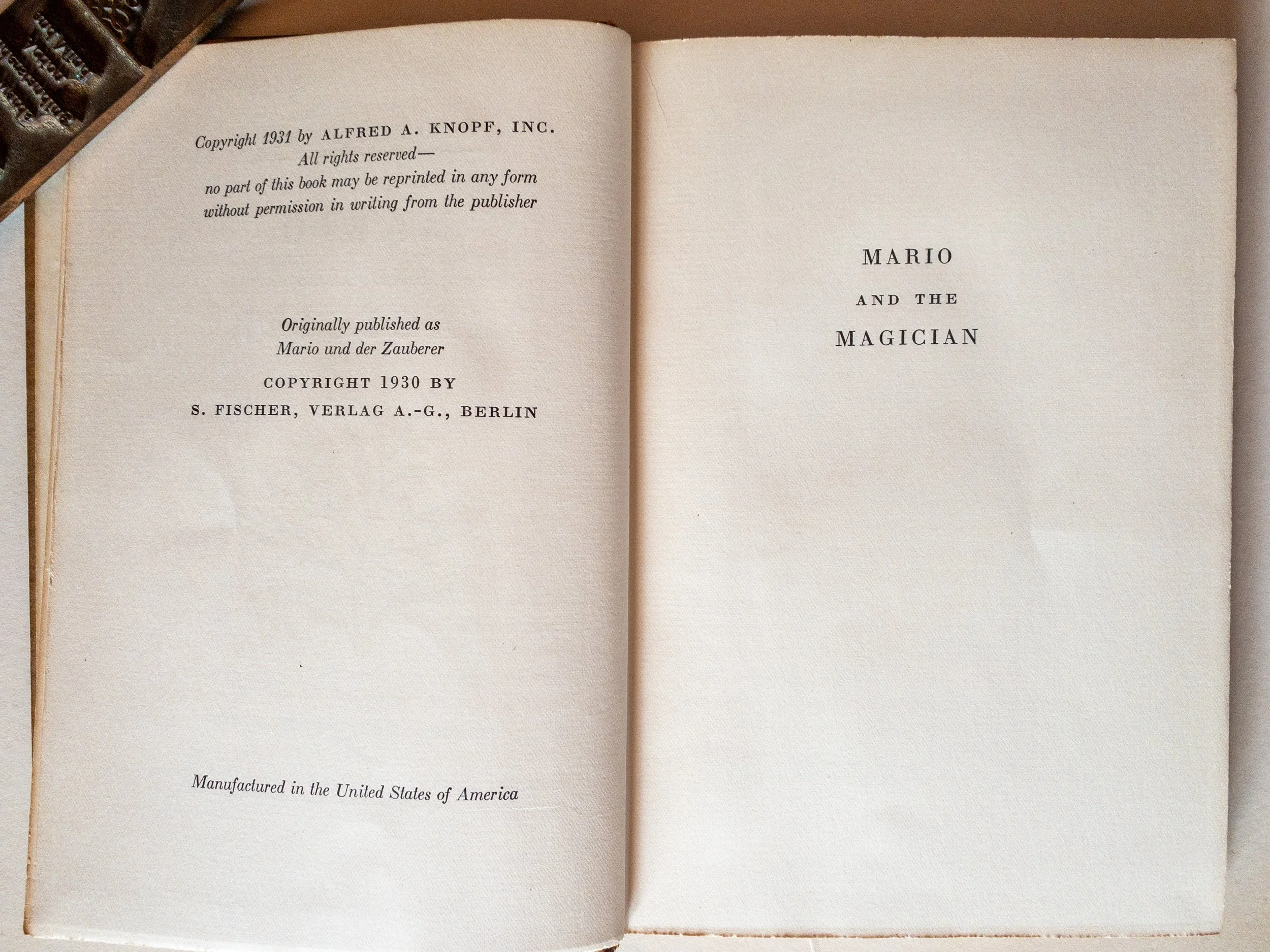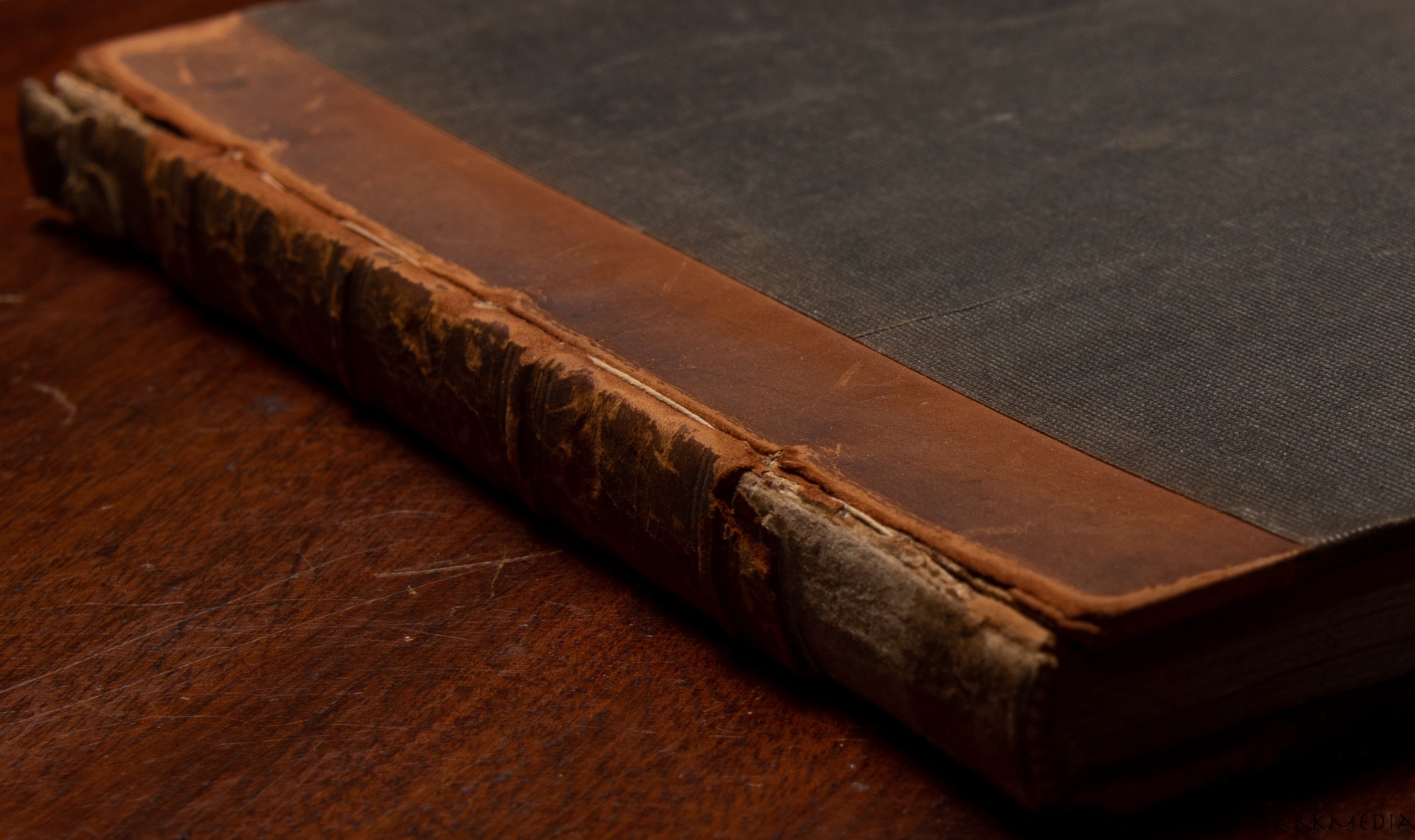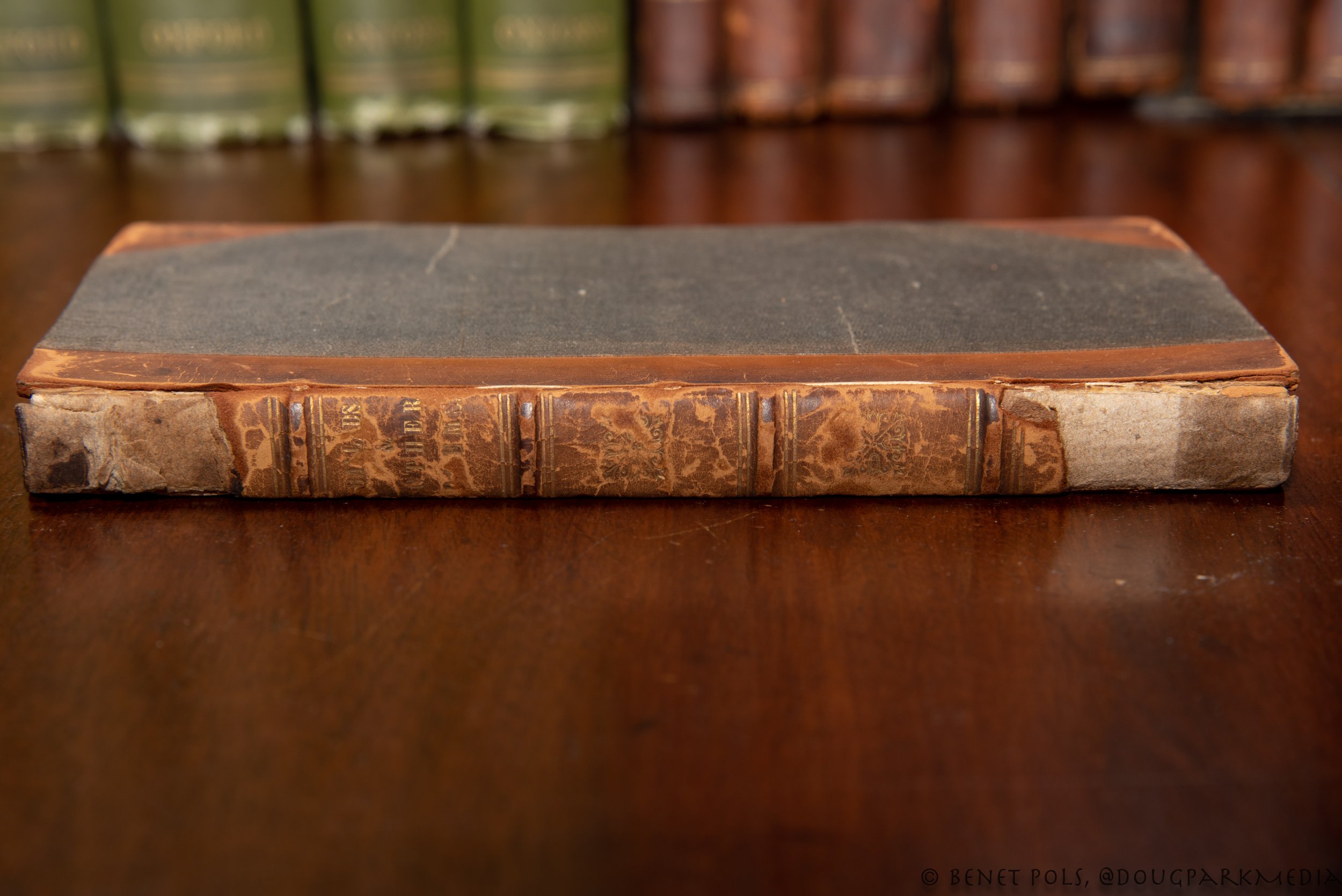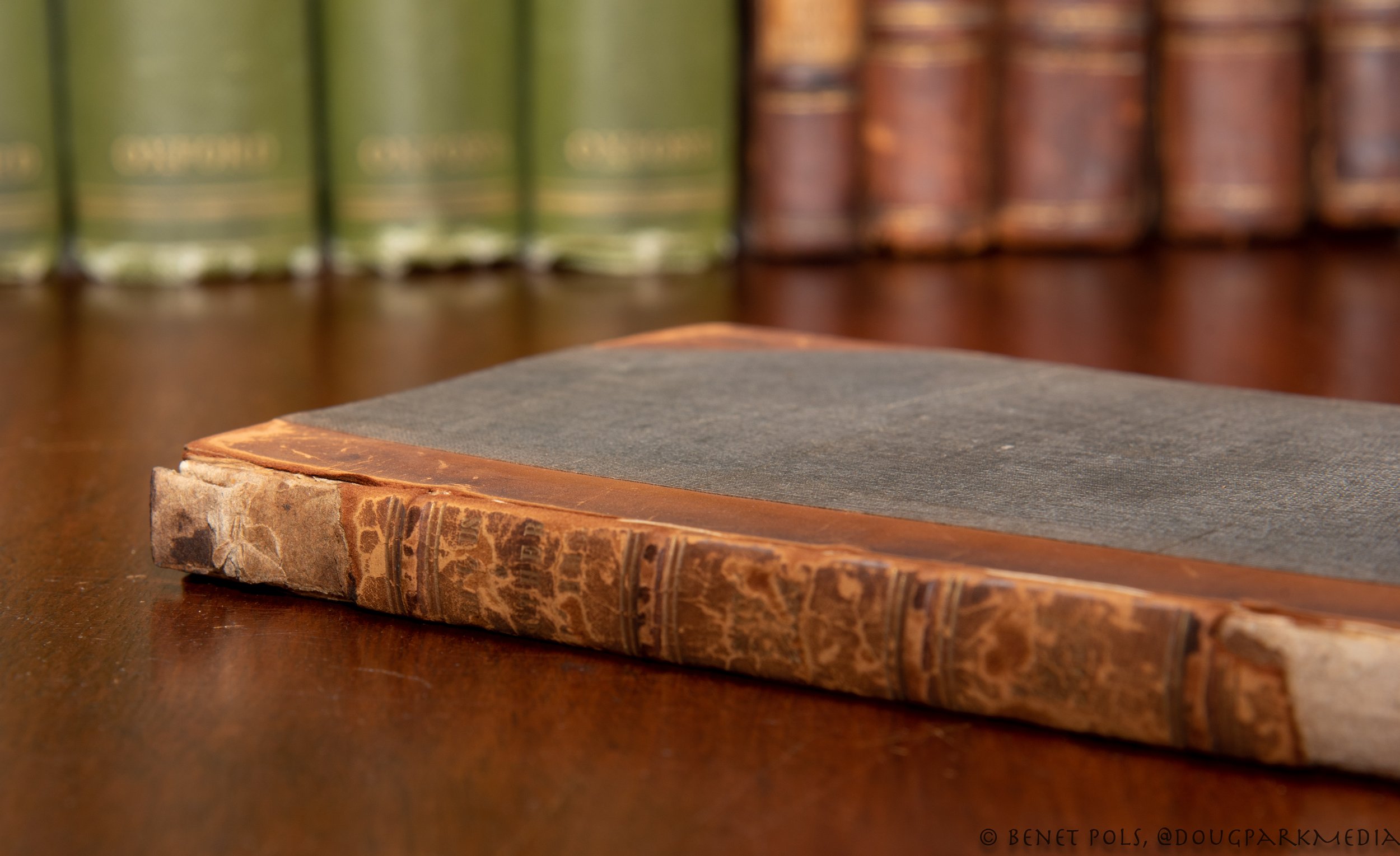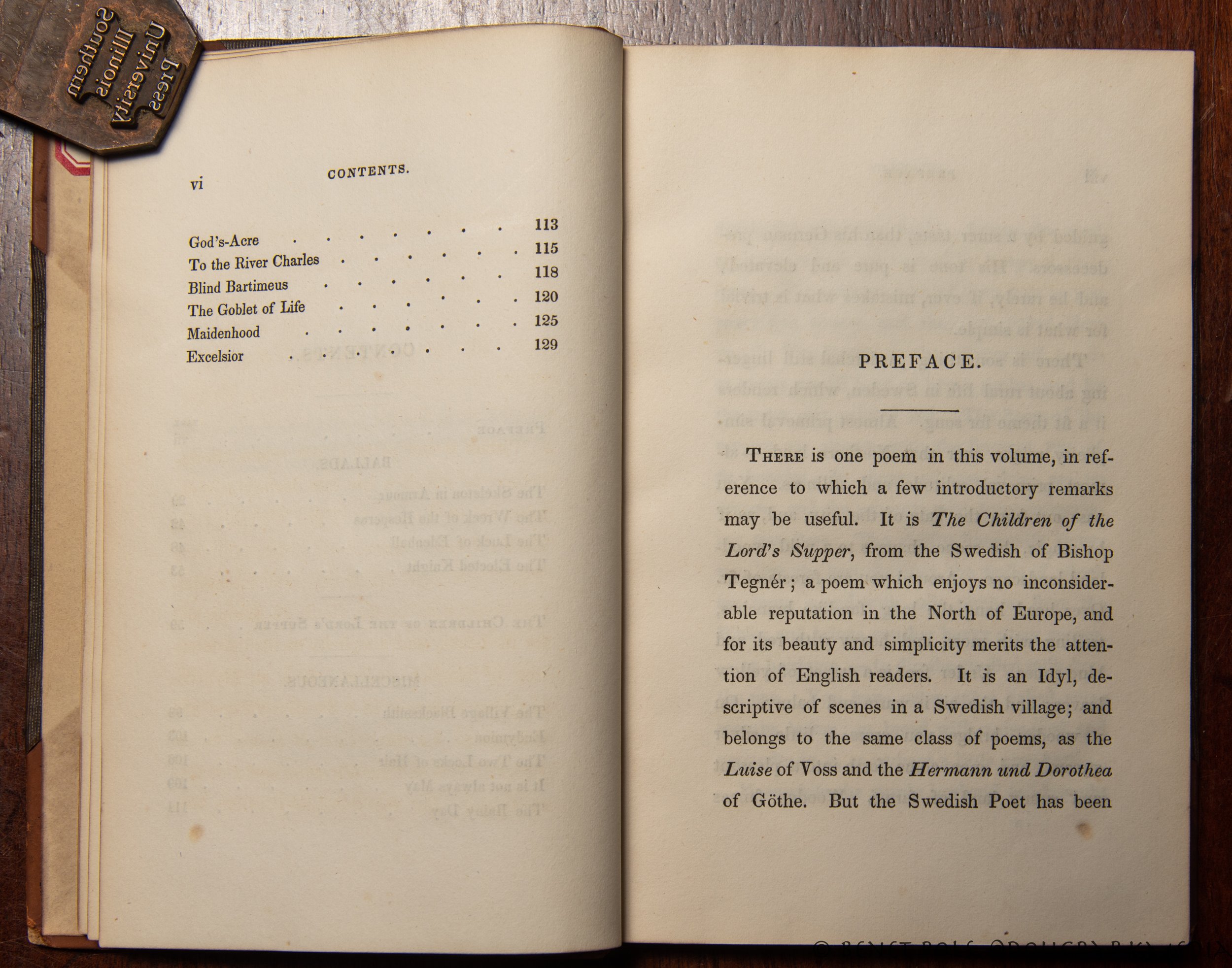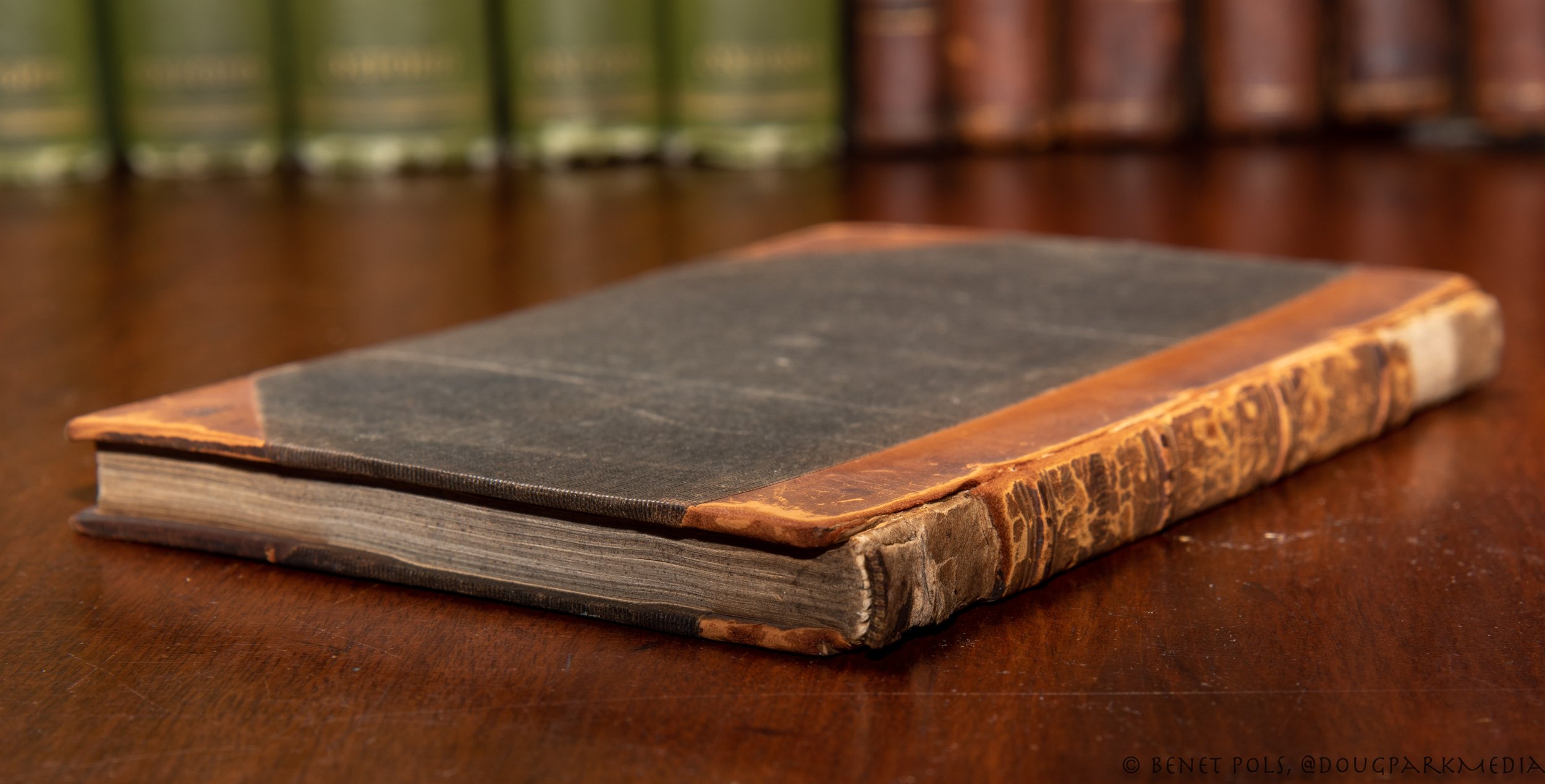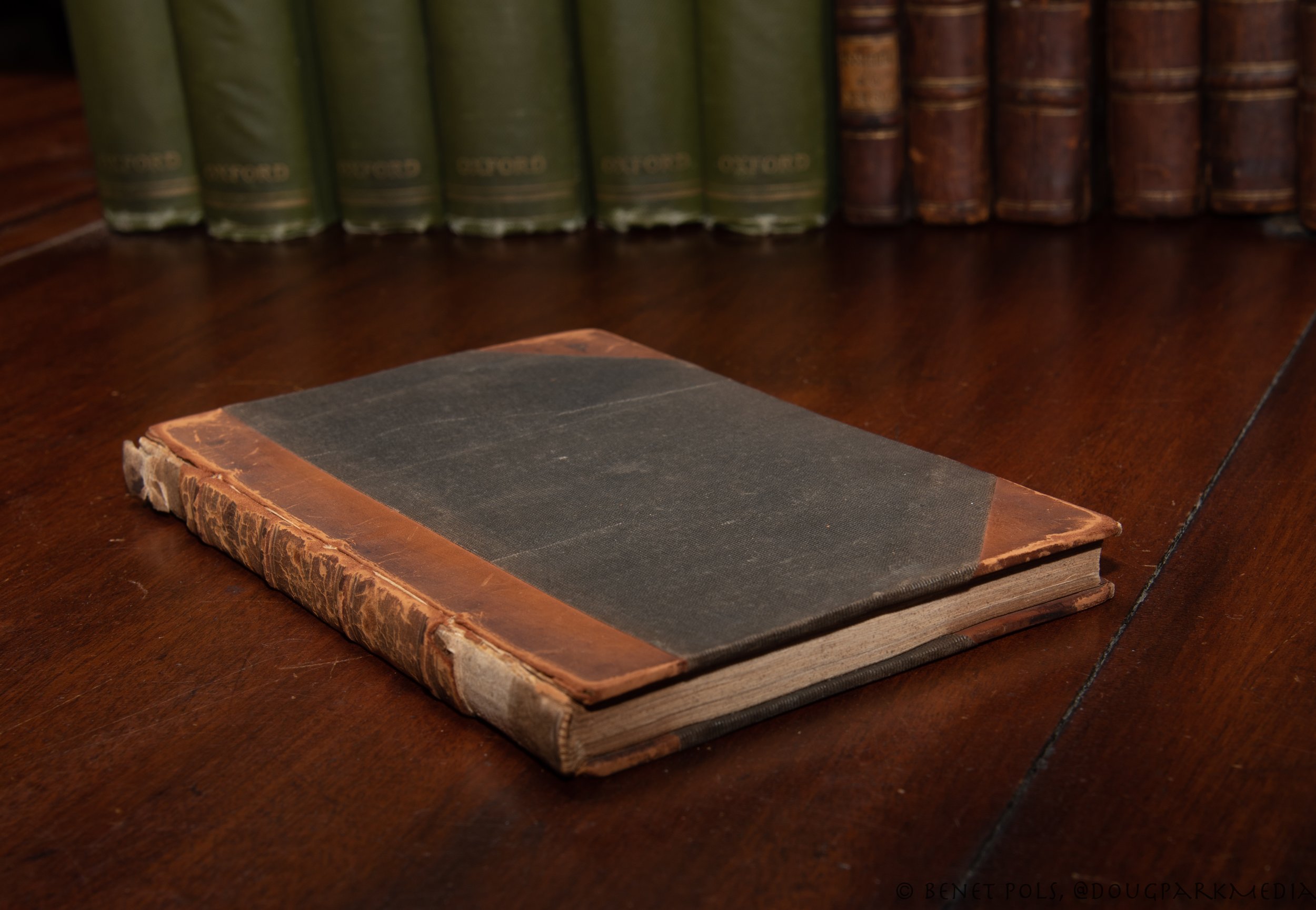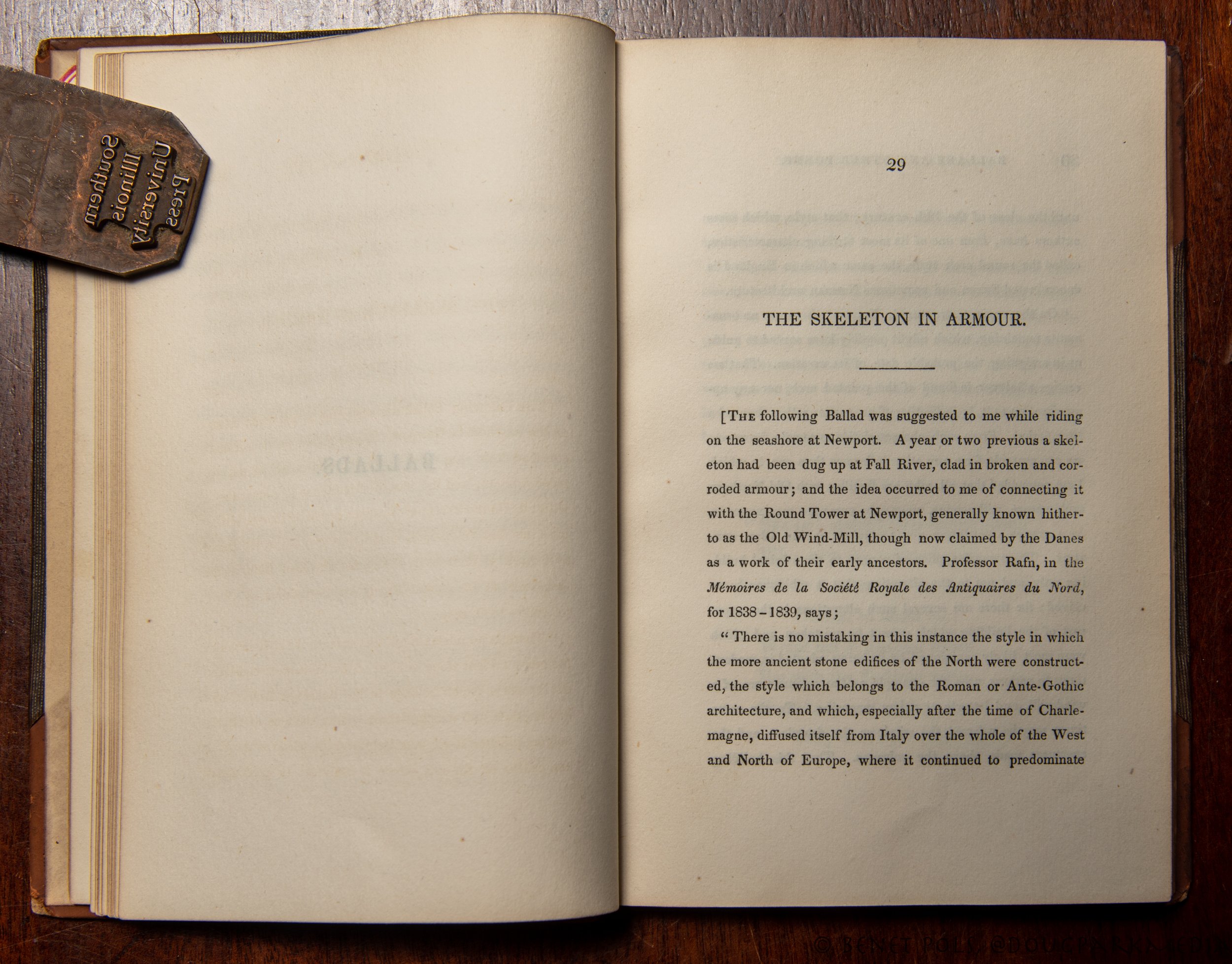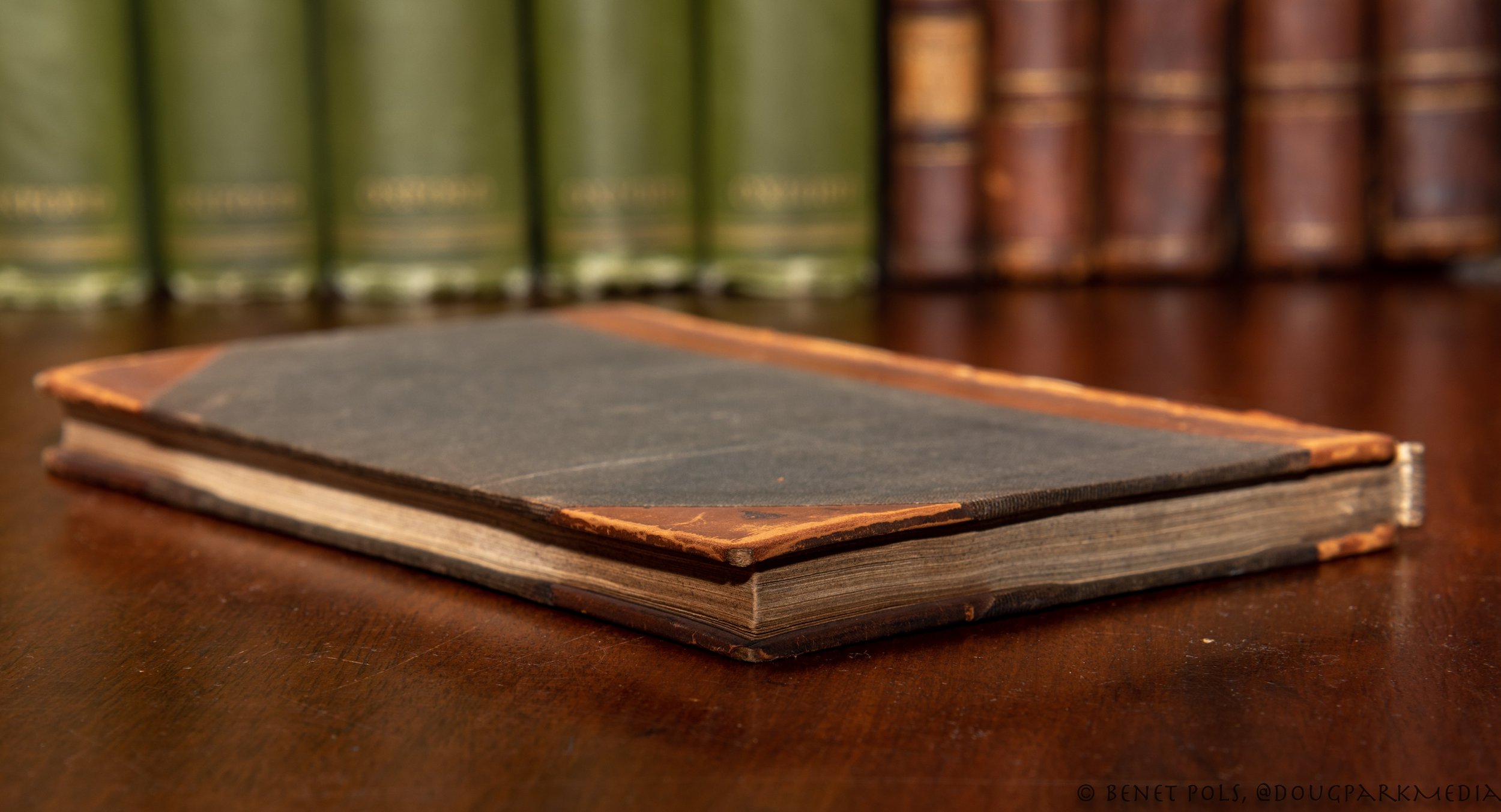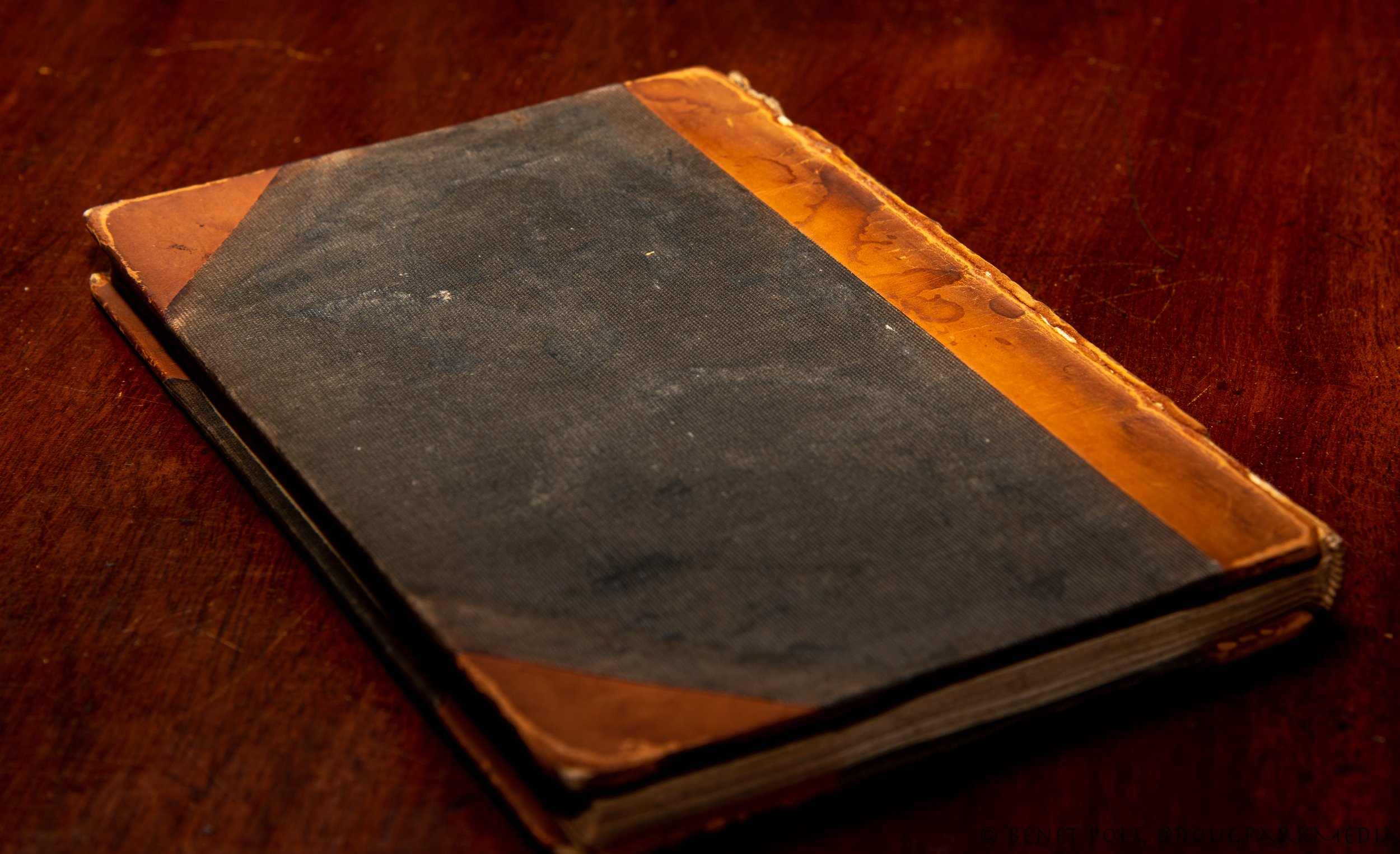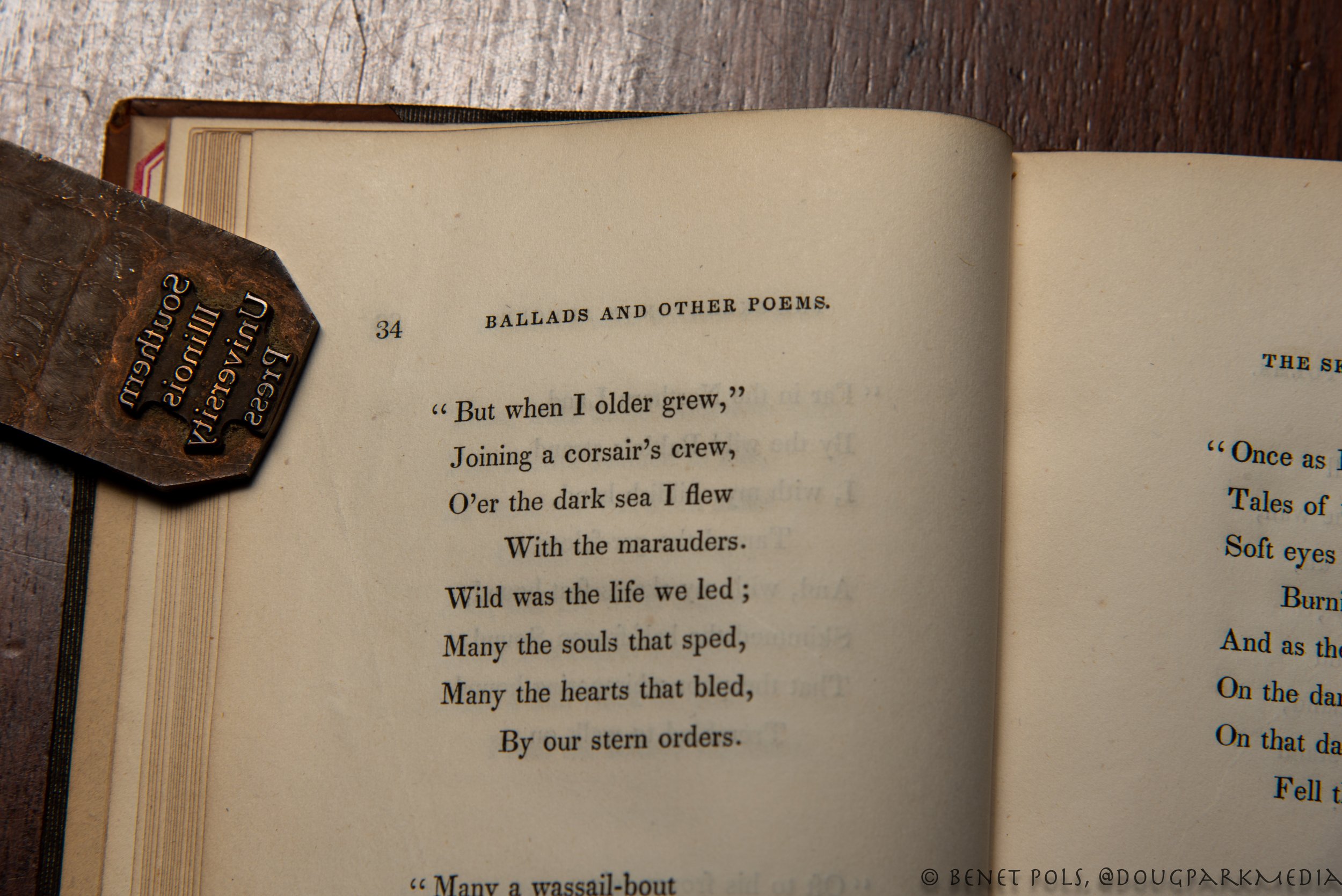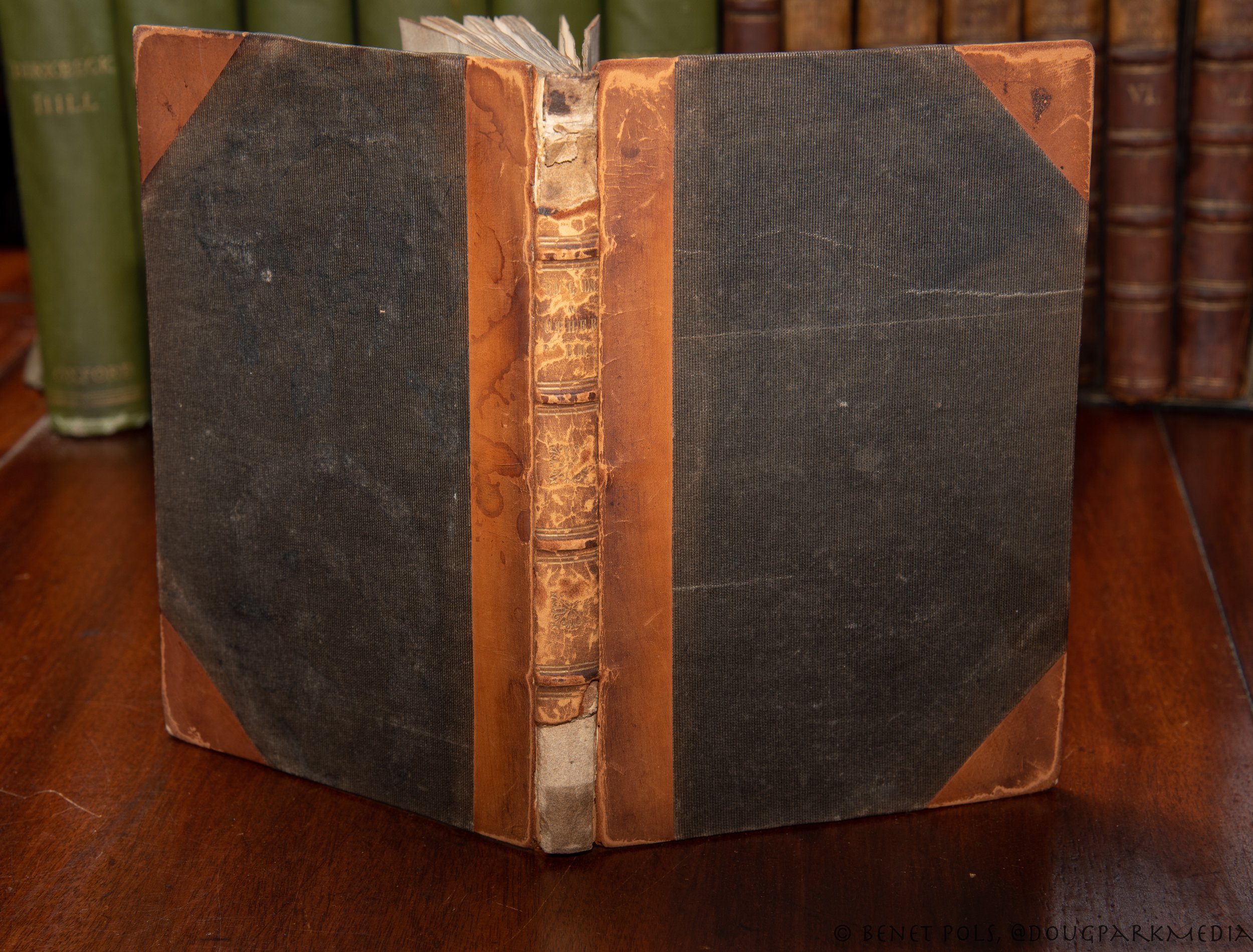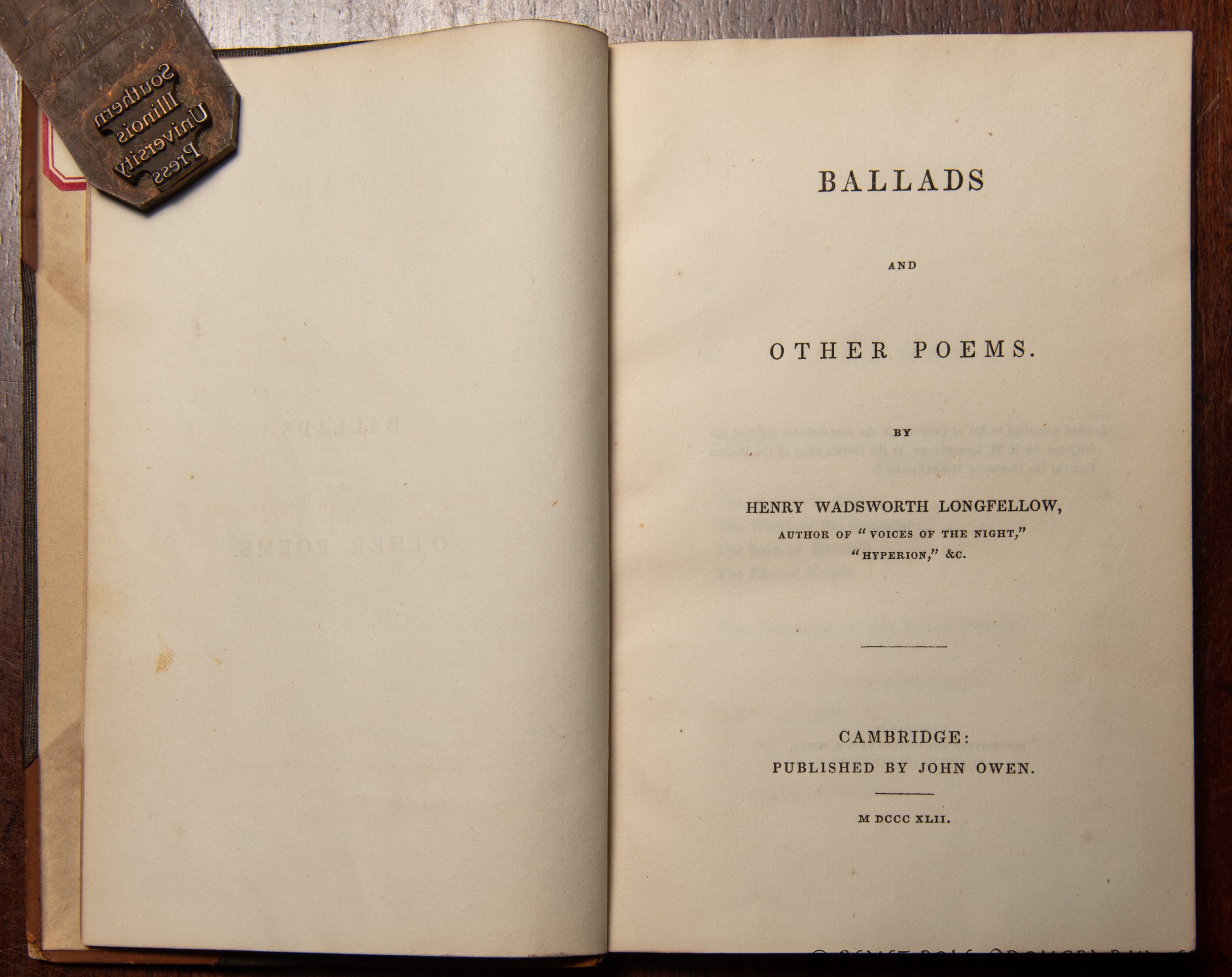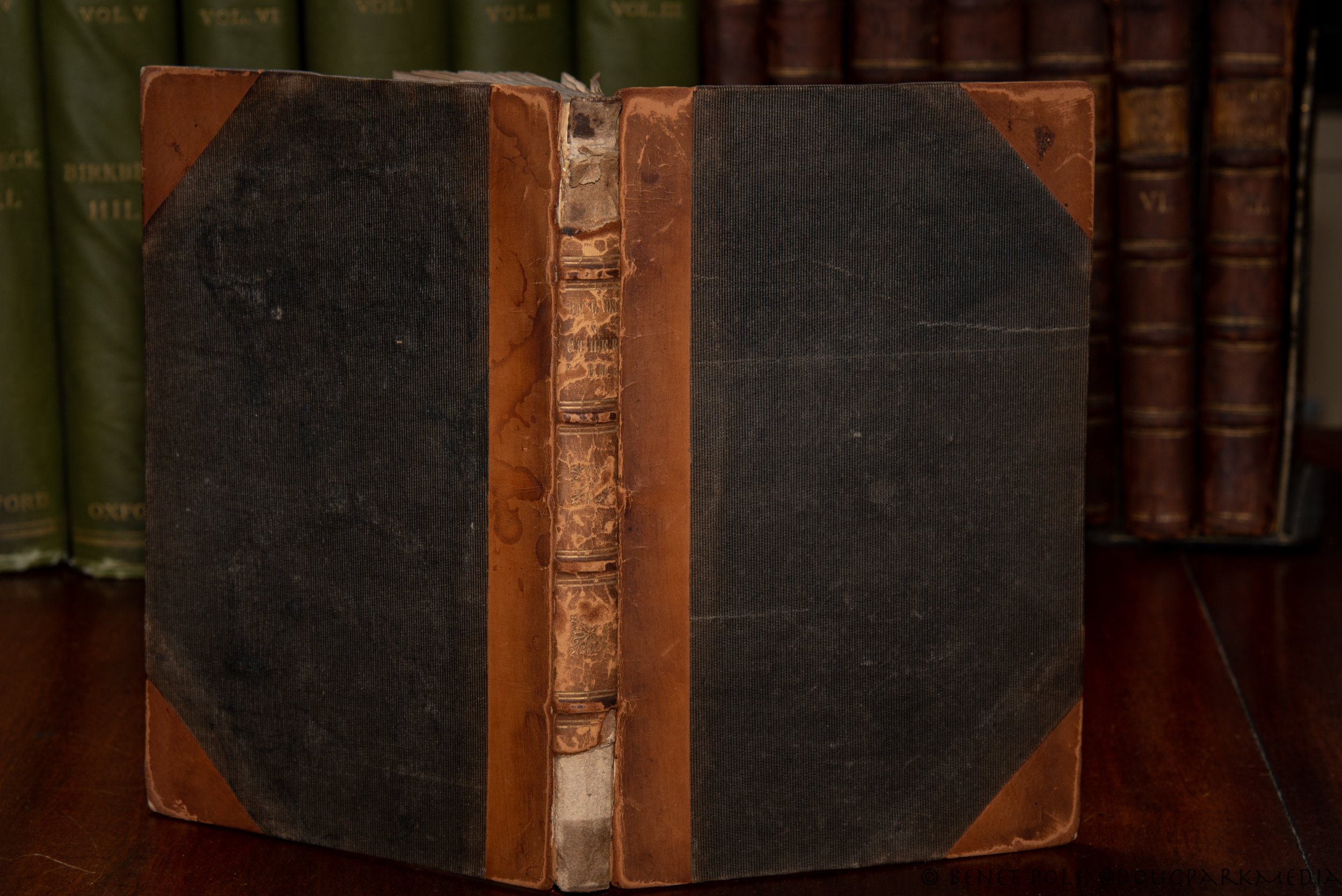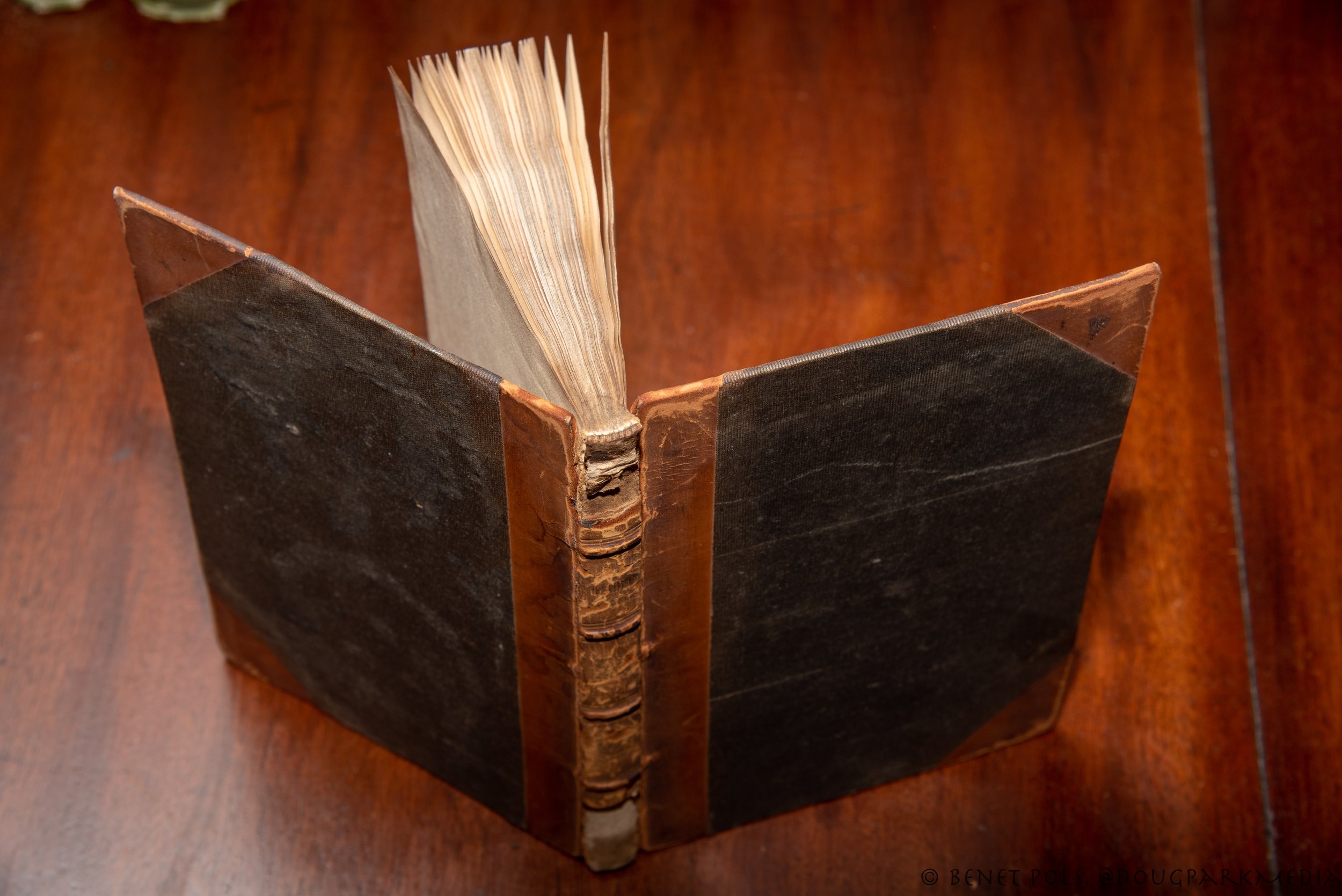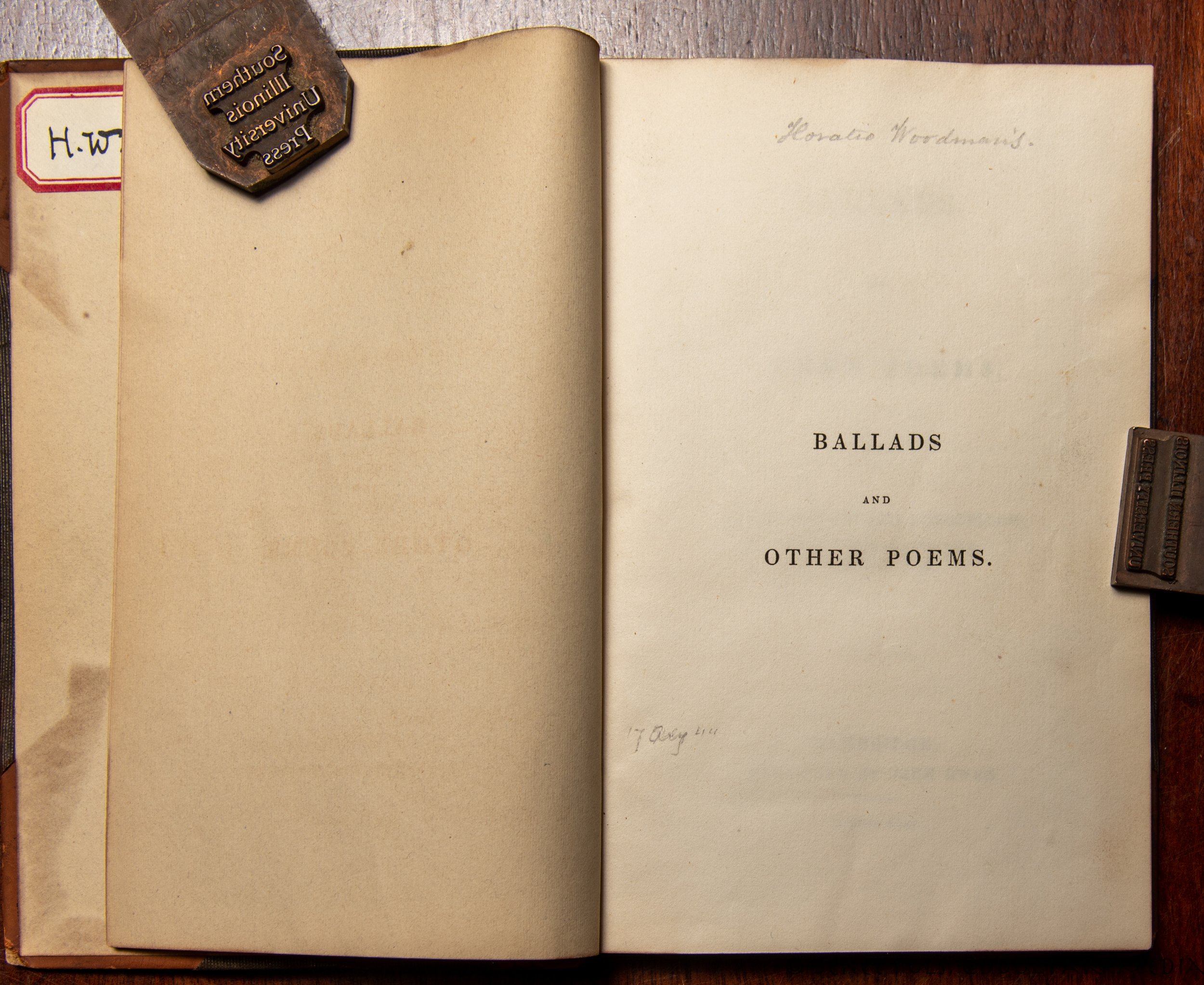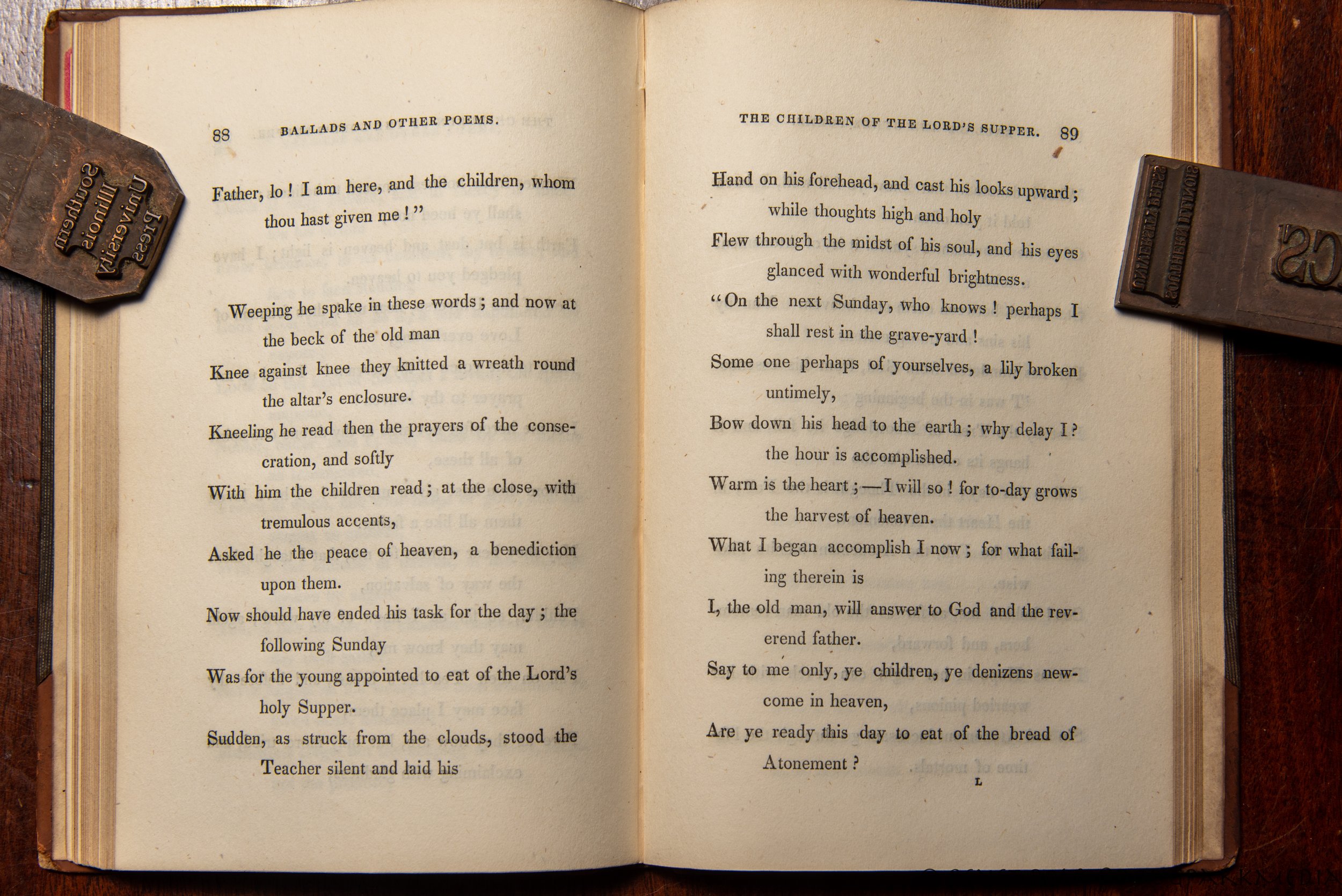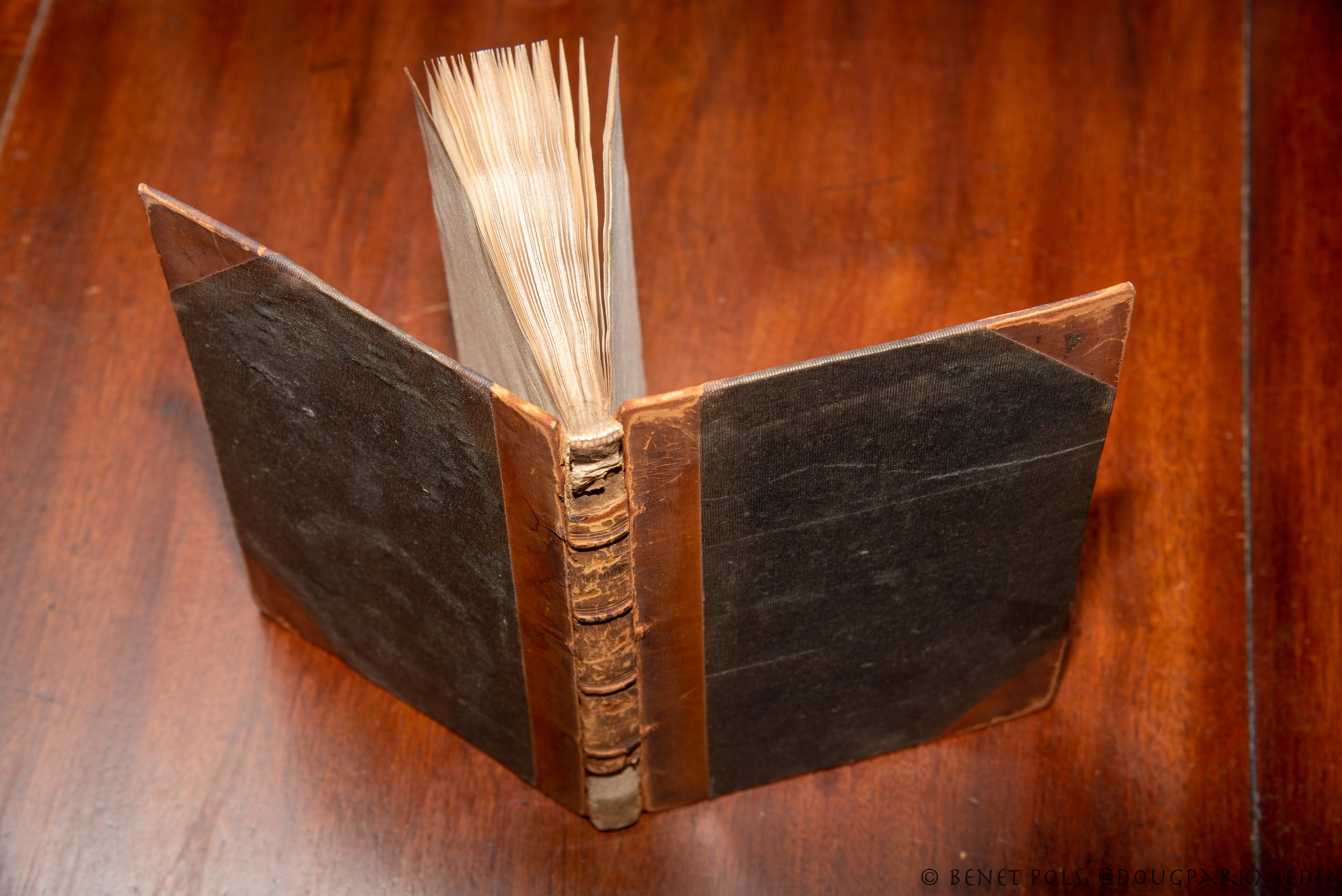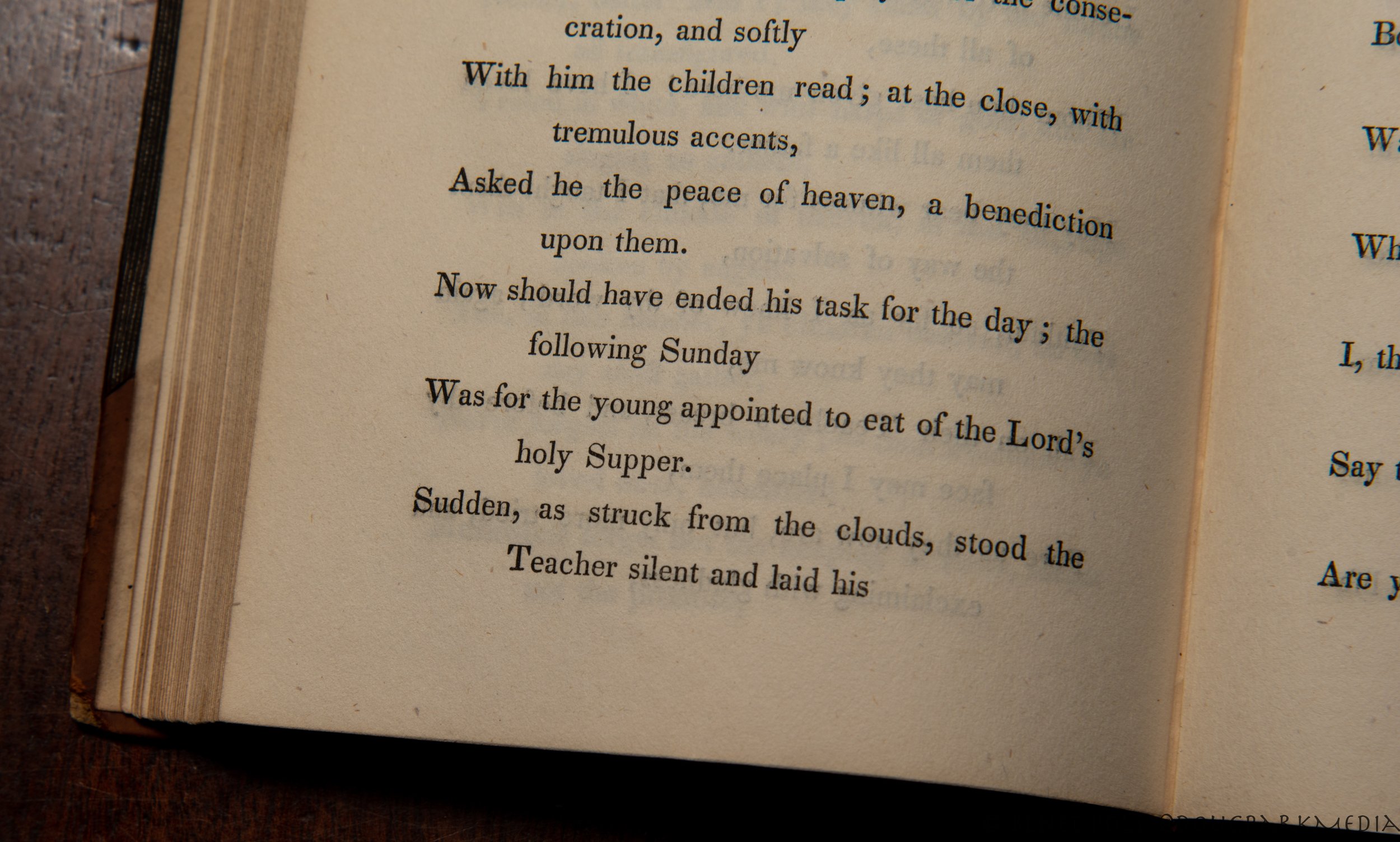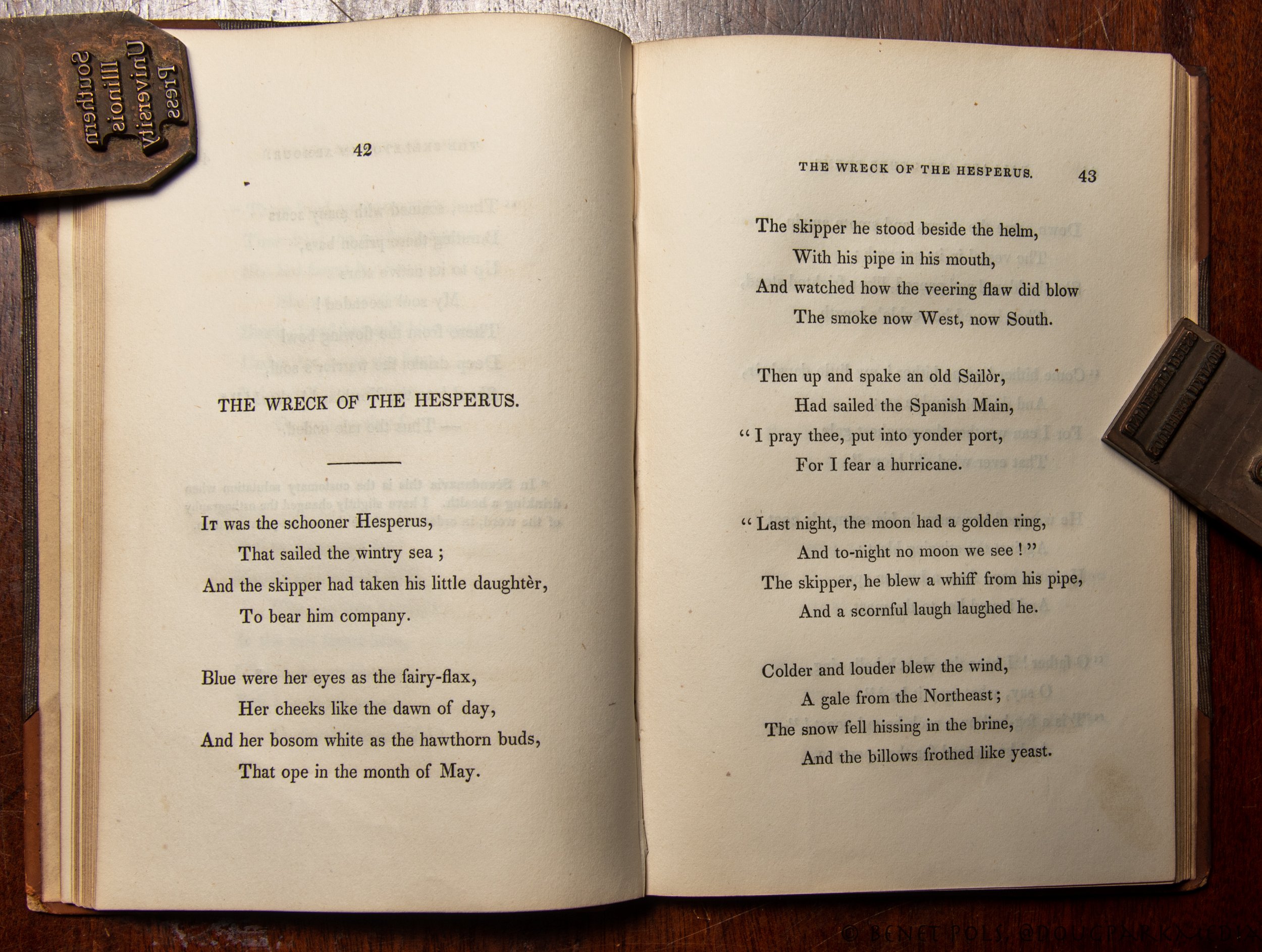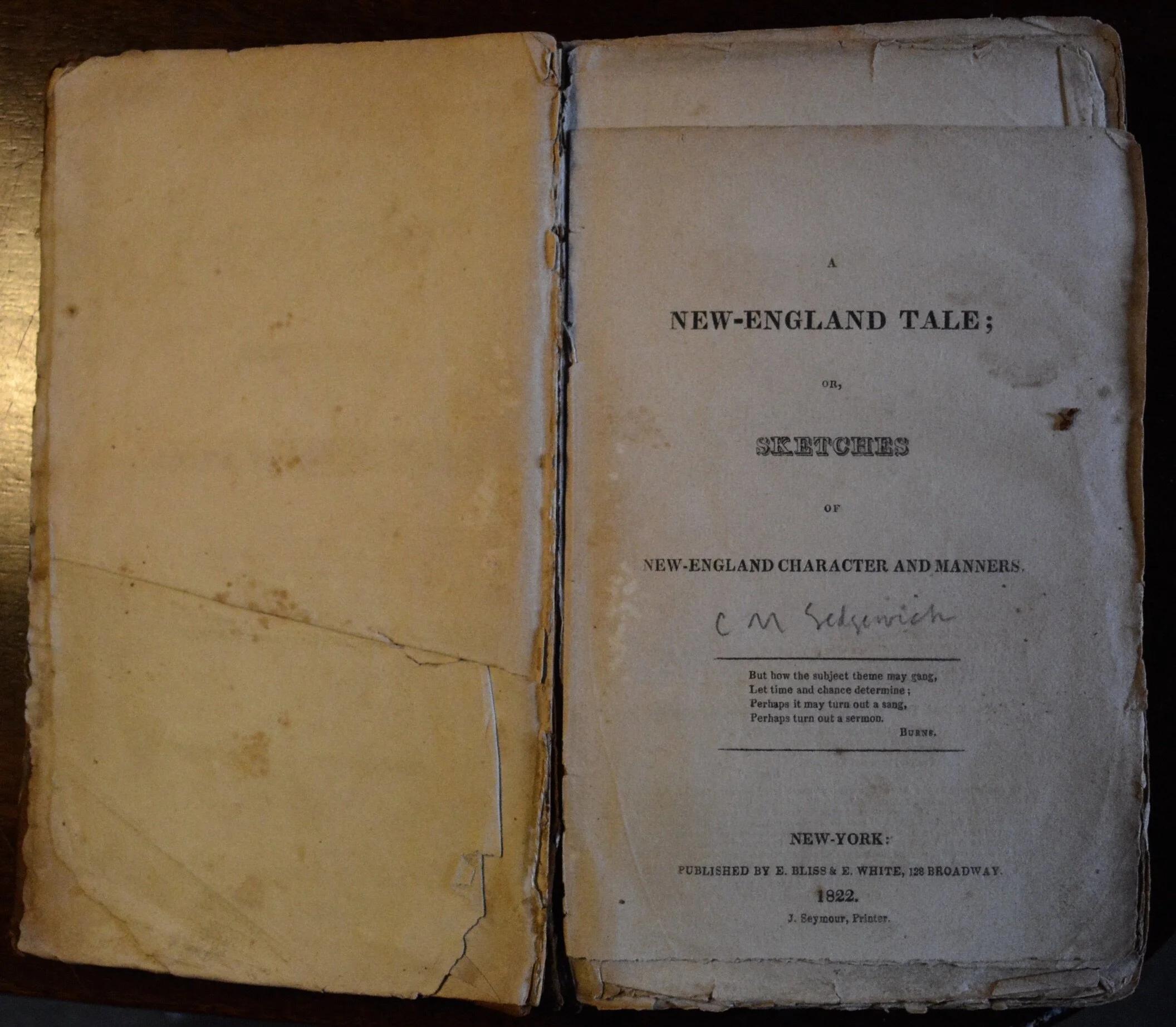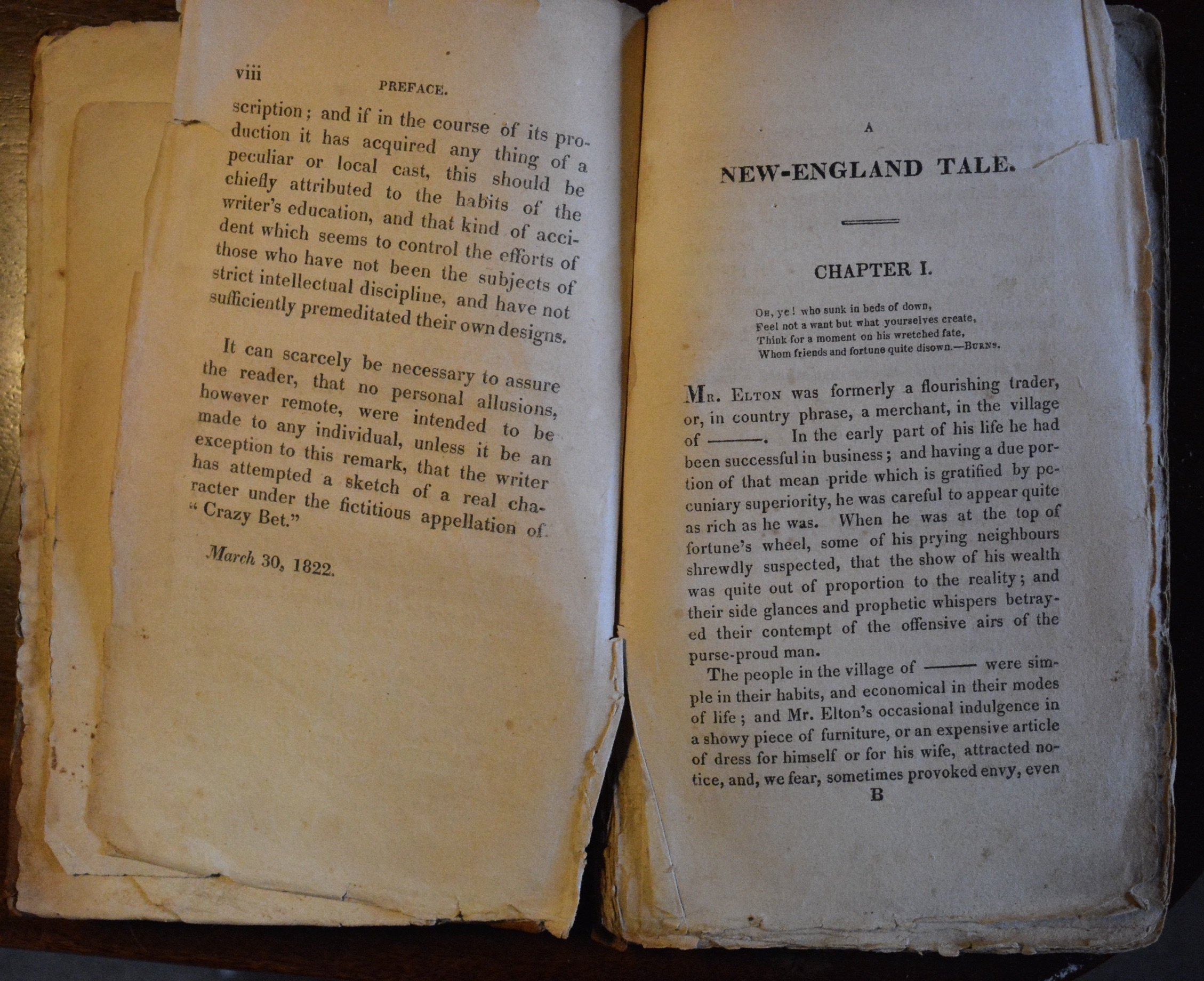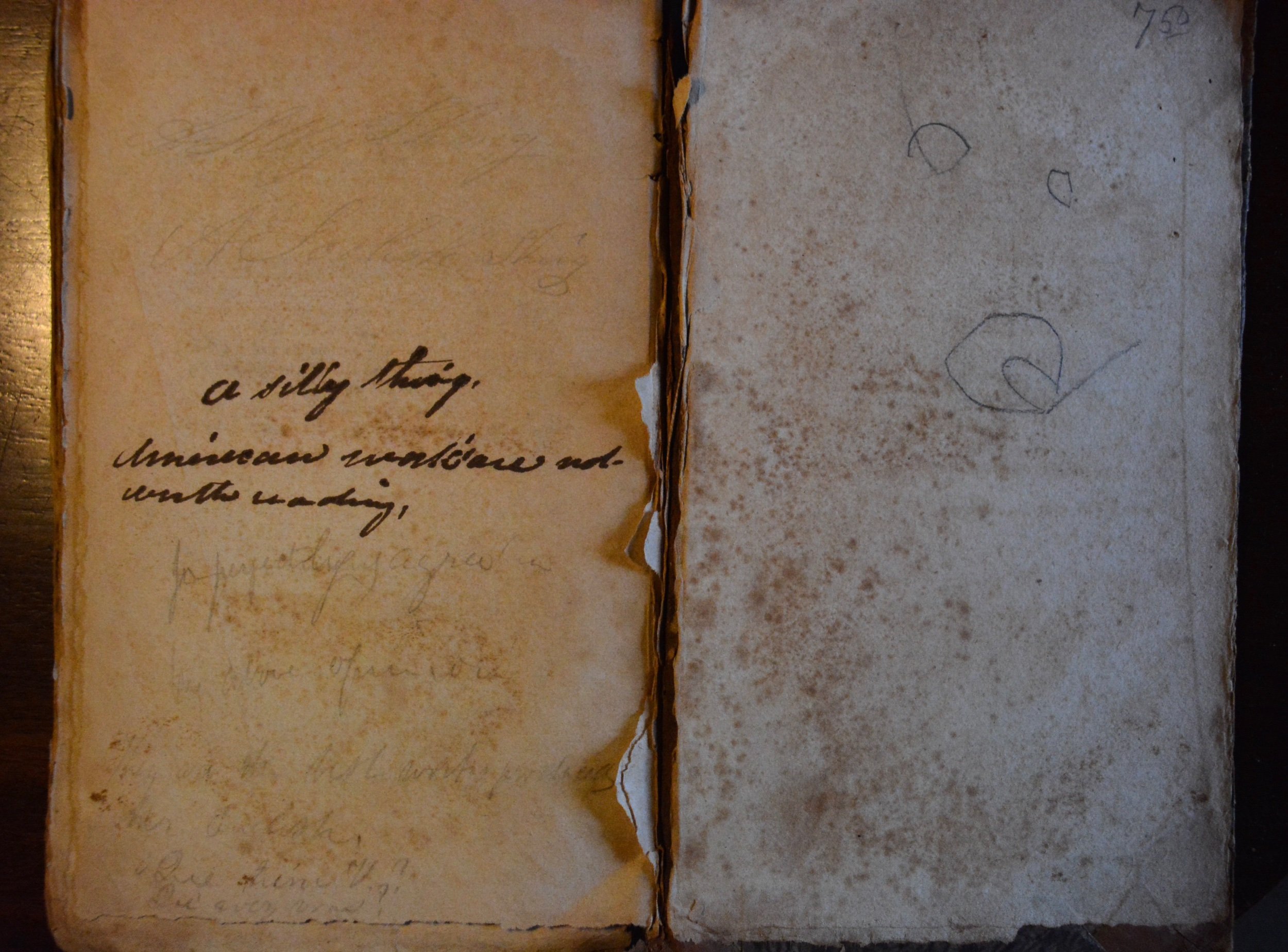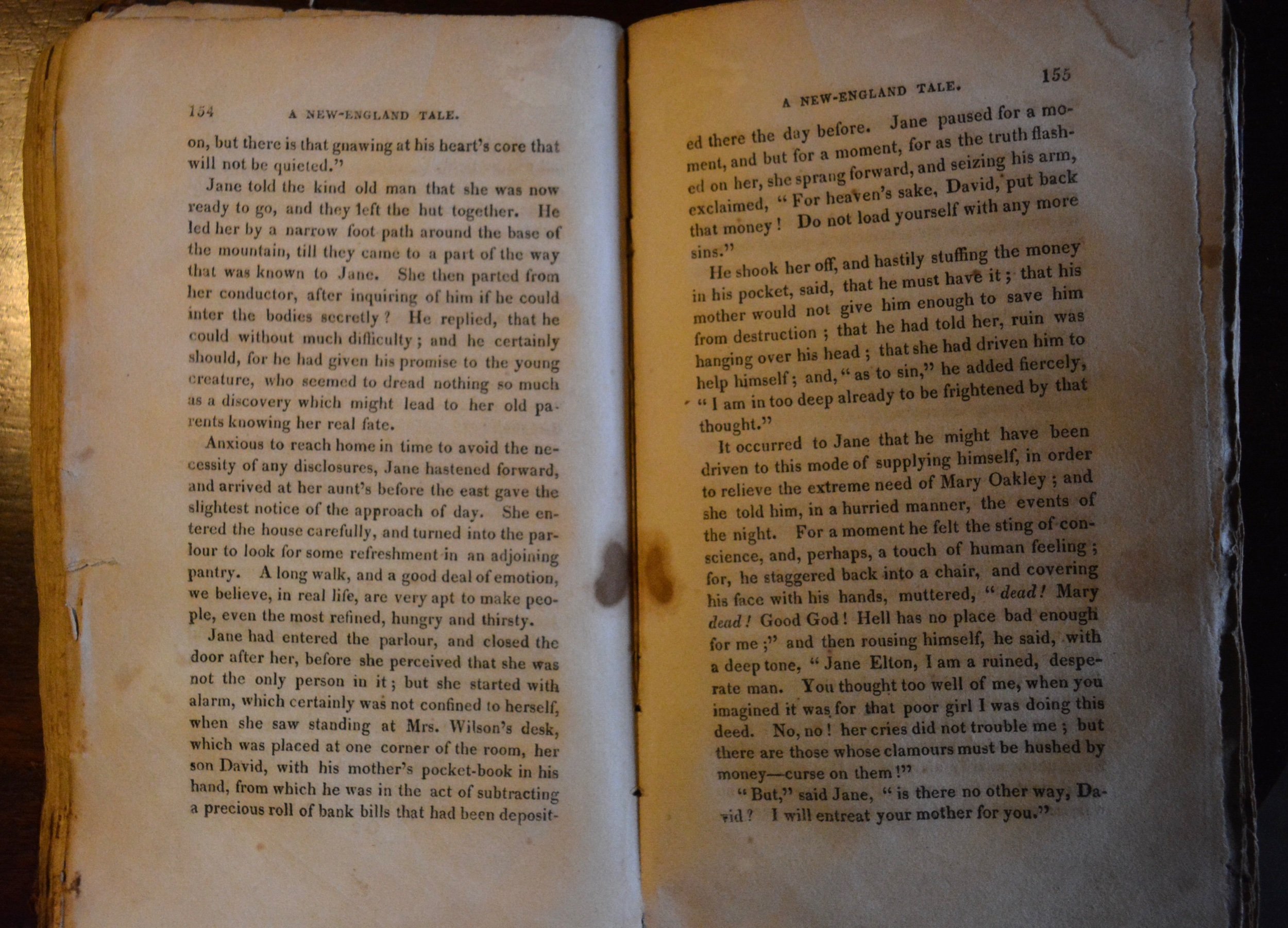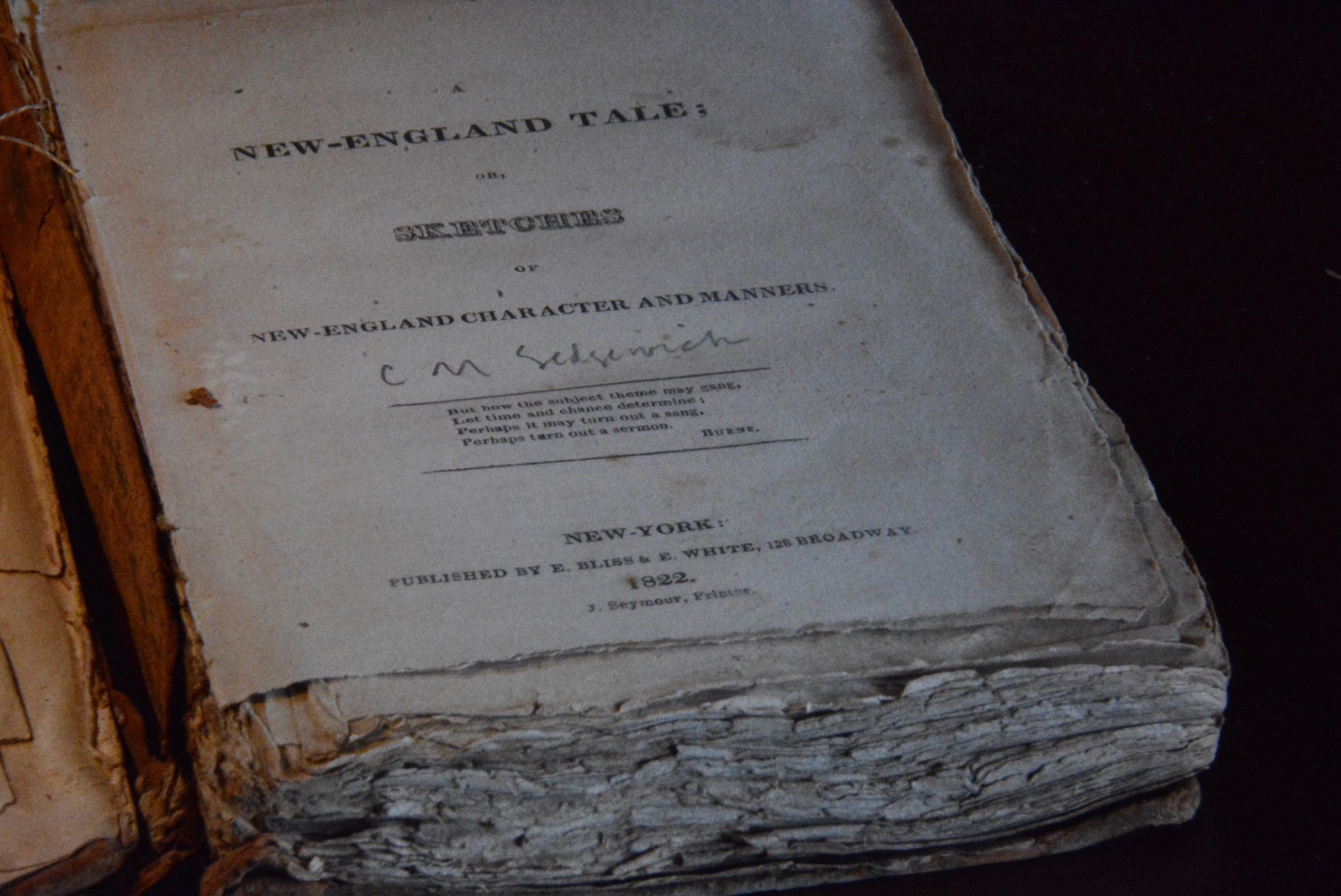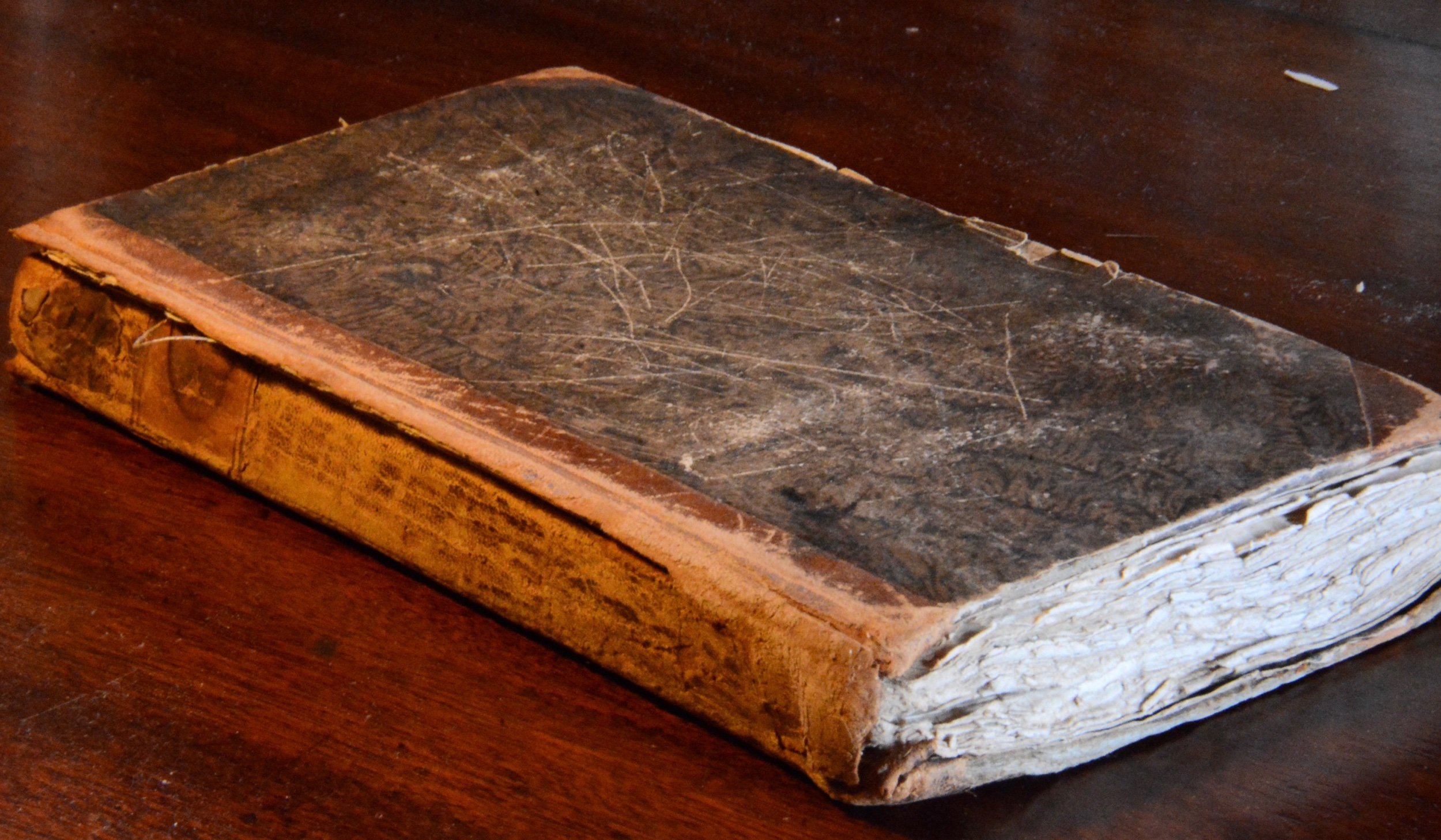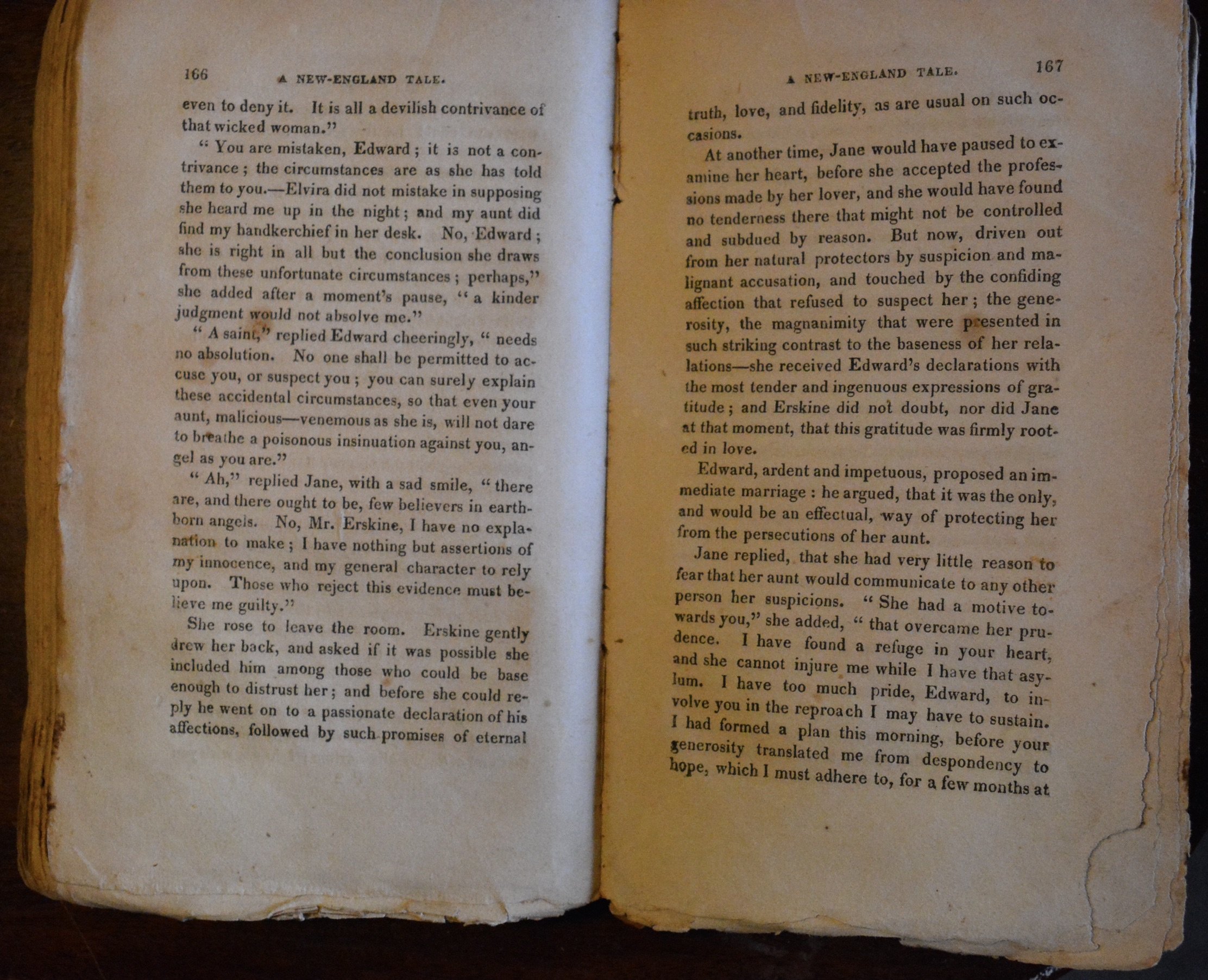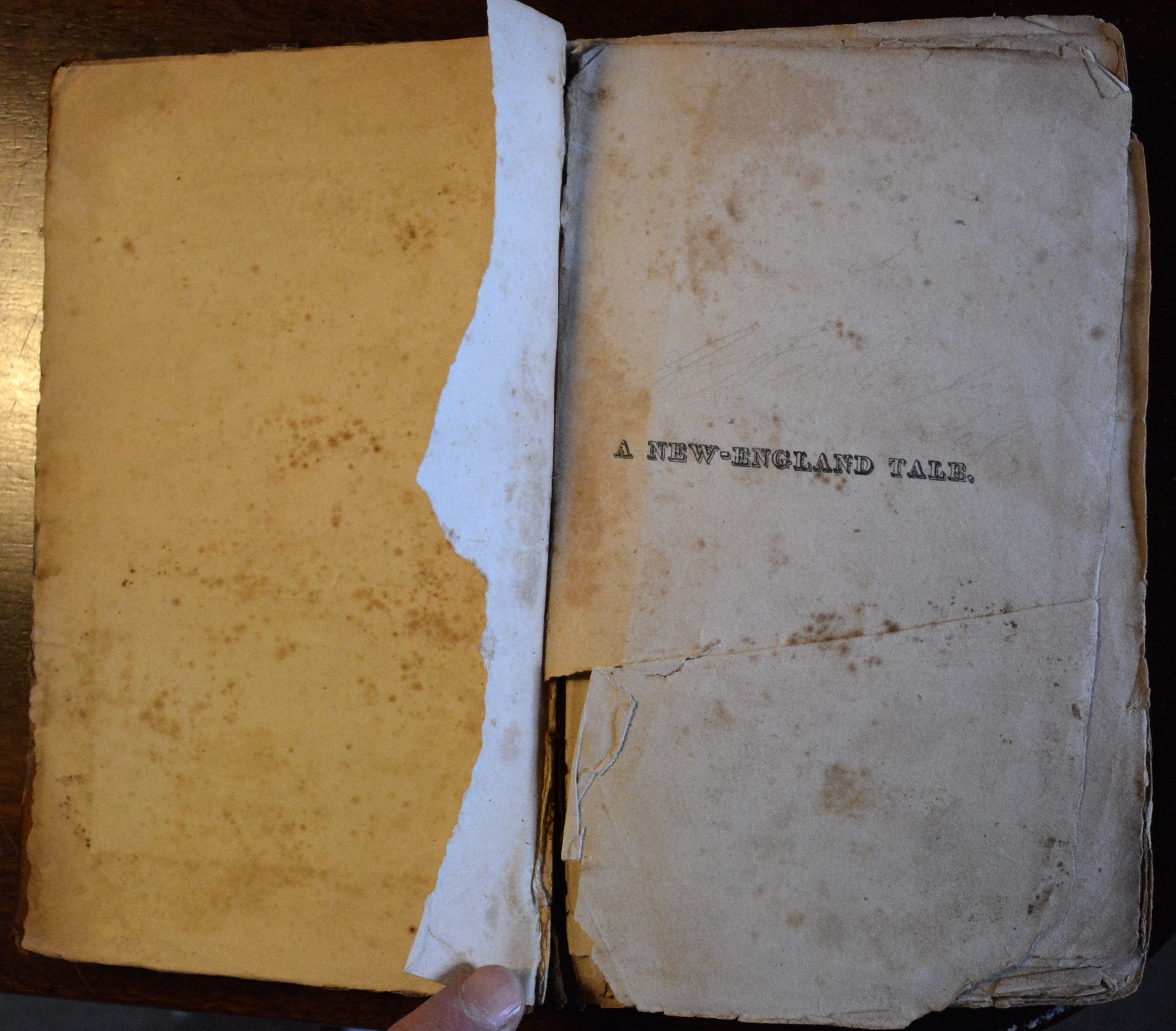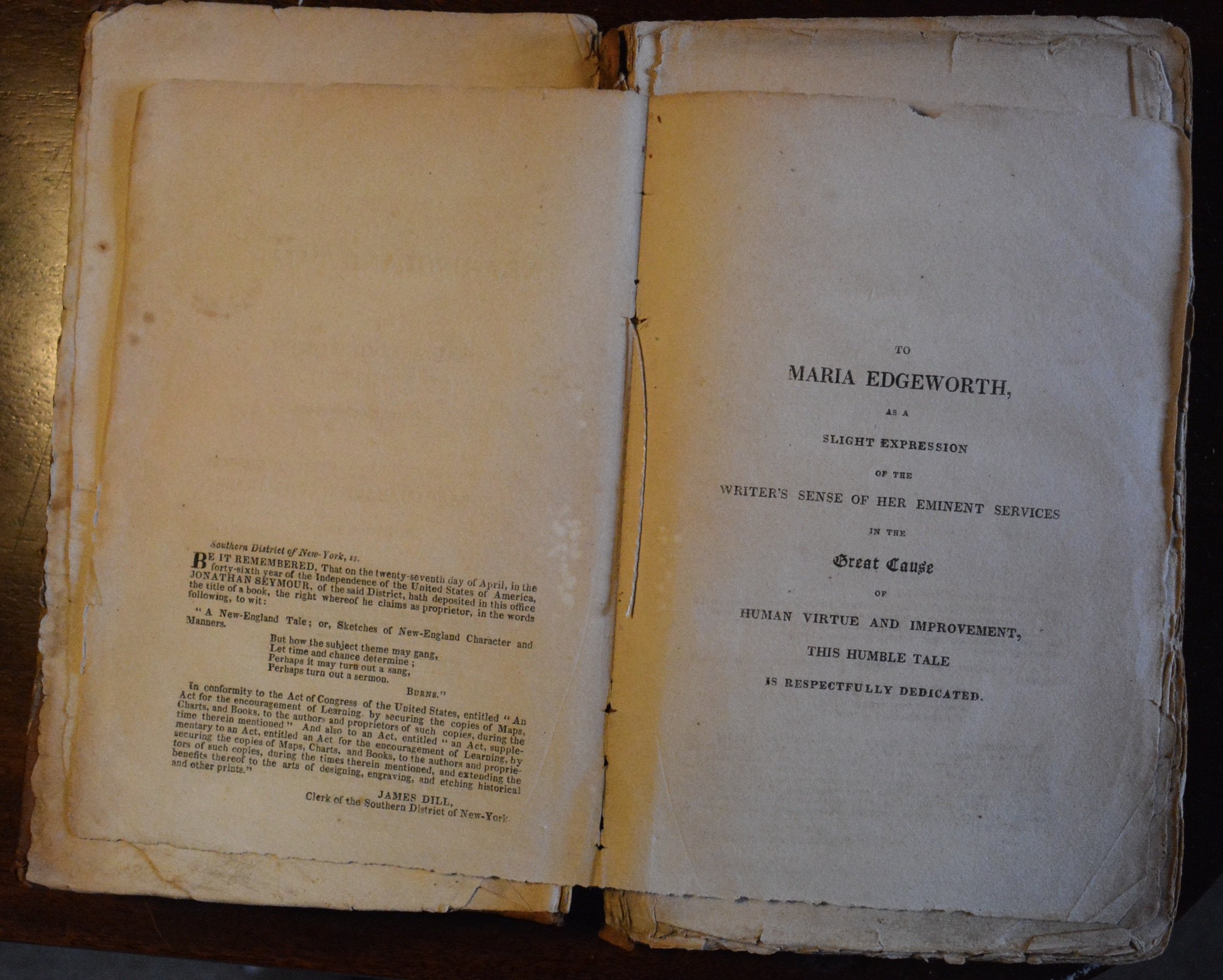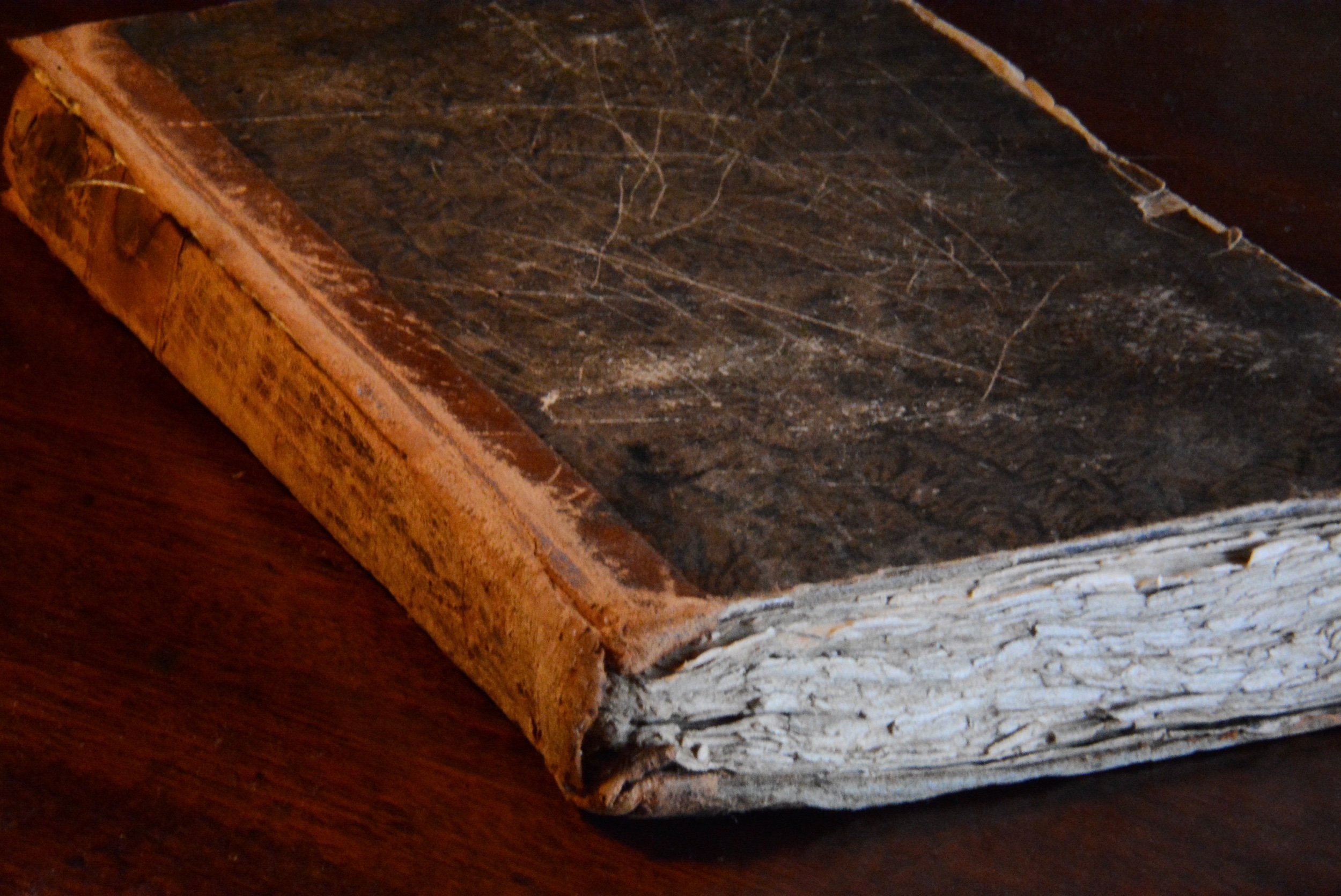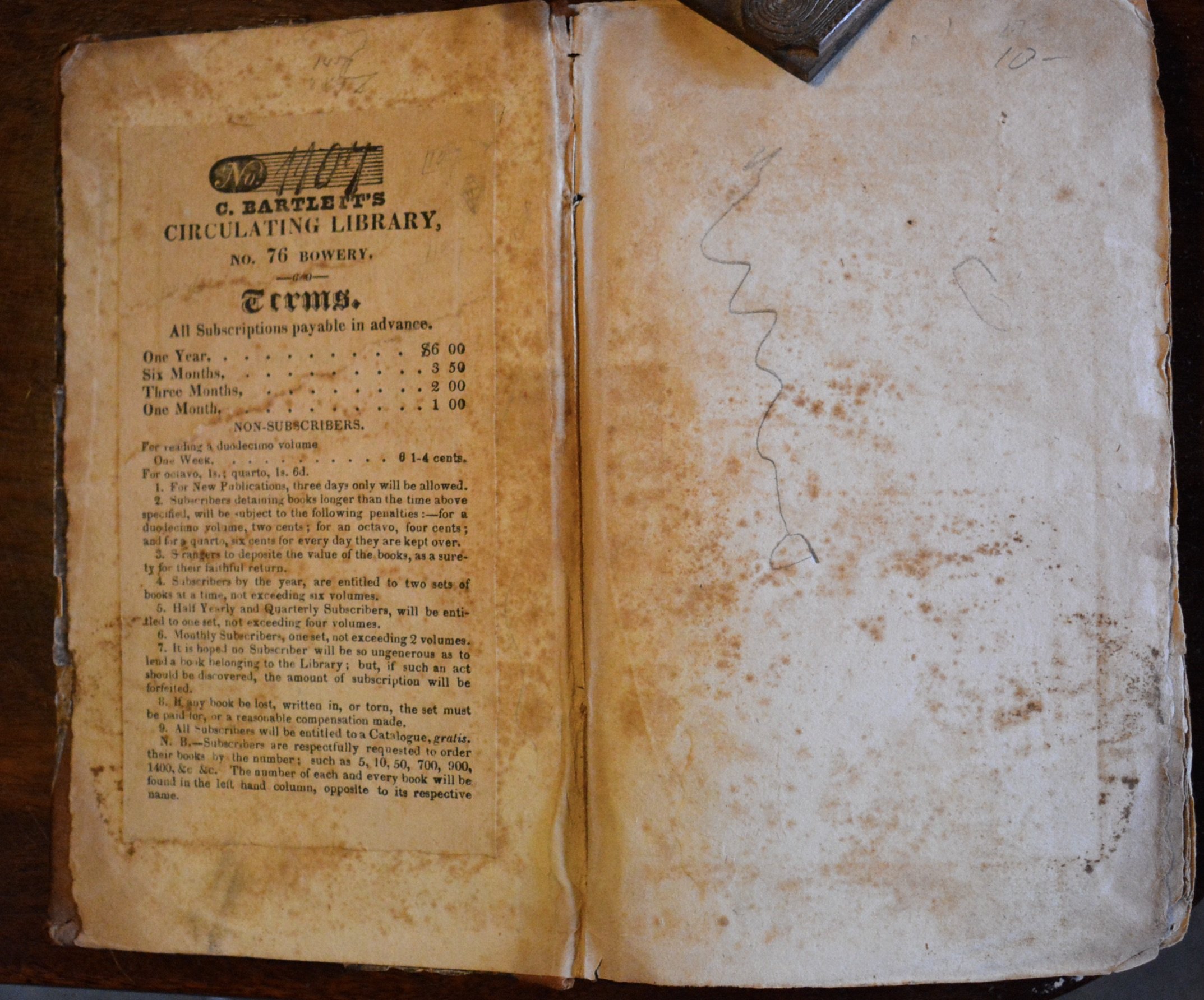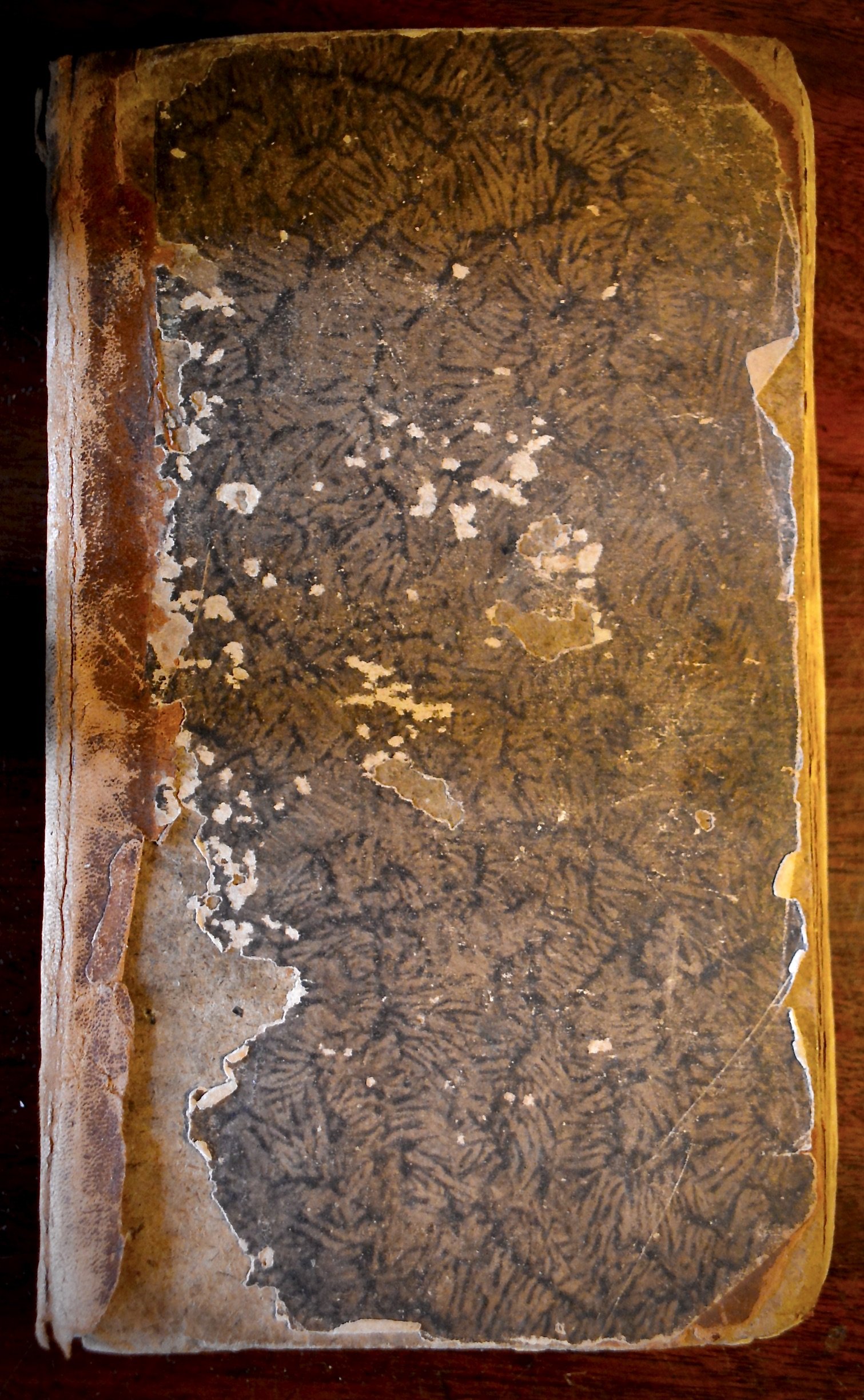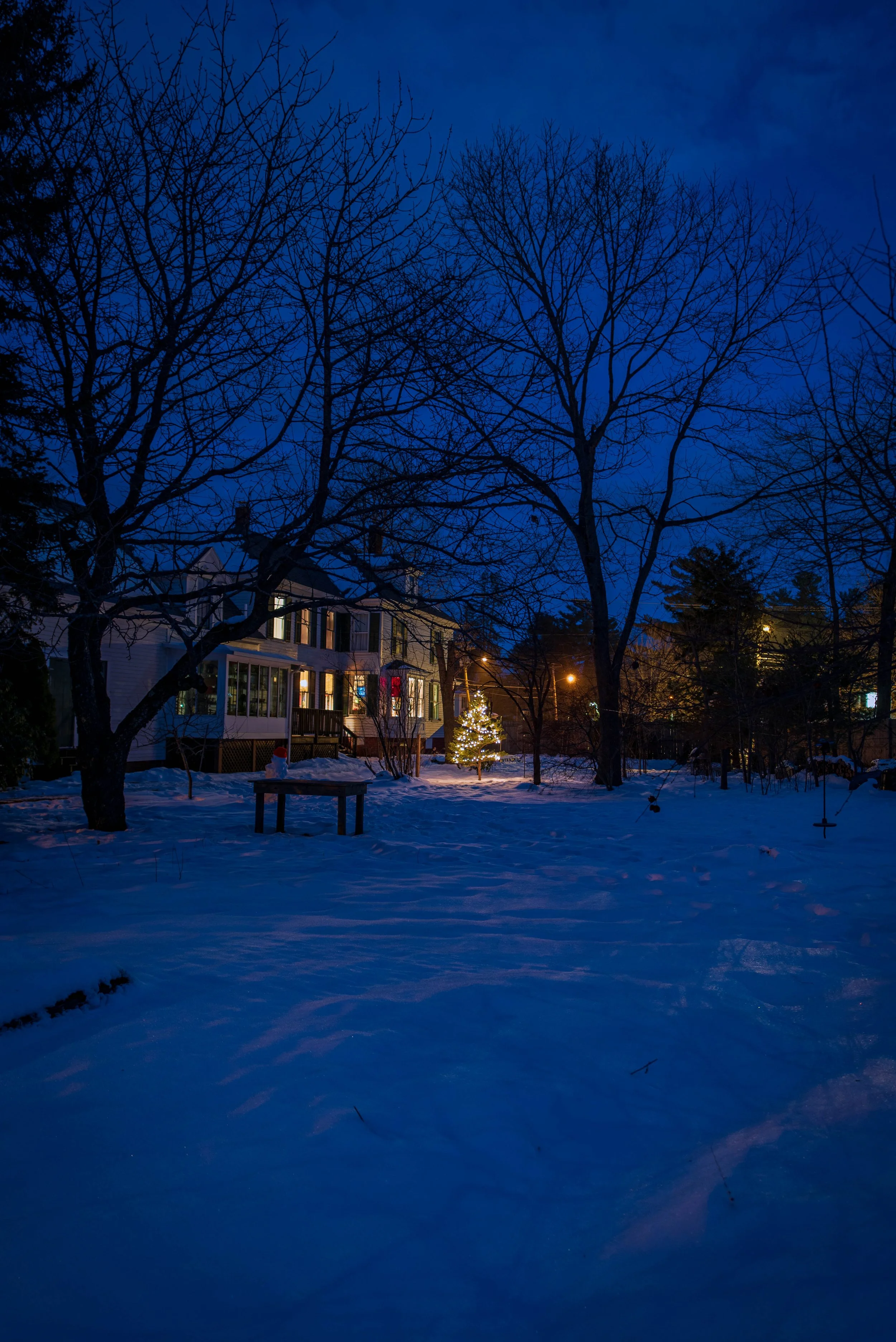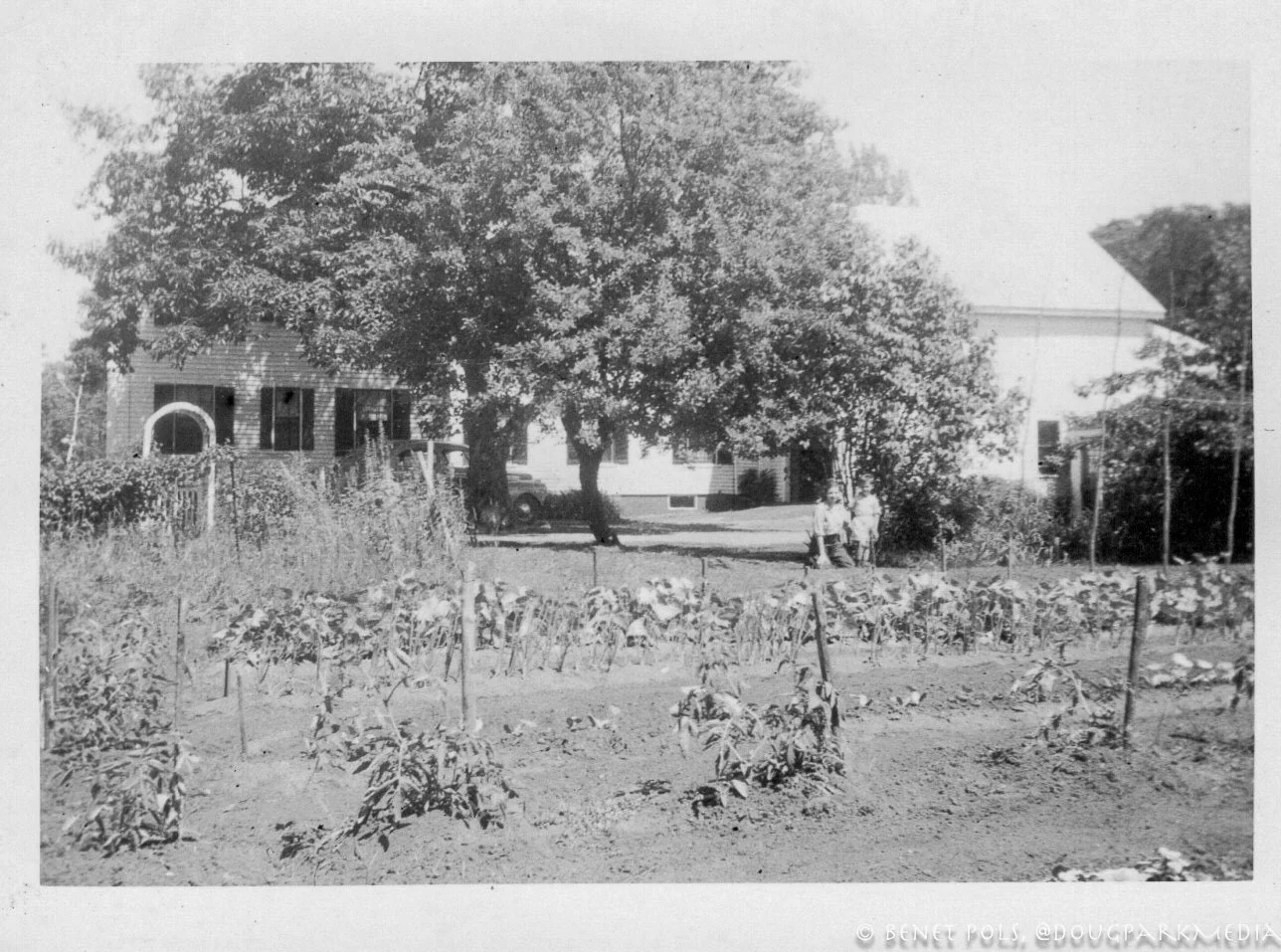On August 1st the sun will set at 8:04. By September 1st it will be 7:16 and daylight will dwindle rapidly through the month. High school preseasons start mid August, followed quickly by Pep Band, Snogard, homecomings, SATs, auditions for plays, District 3 Honors Festival, maybe some school visits, and getting college applications lined up (I know a great senior essay coach).
What a time. When can you find time for senior photos? And the weather…looks like about three good days the first week of August.
The golden hour, morning or evening, is a favored time for outdoor portraits. But the truth is it is really a golden thirty-five minutes. The good news is that in the morning and evening it is preceded and followed by the blue hour. The two pictures of Milo above are golden hour and blue hour. The photo of Nolan with Swinging Bridge as a back drop is golden hour.
The bad news is unless your high school senior is working the tides they are probably sleeping in and only available for the evening hours. So let’s get this done in August.
RATES:
$225. Basic package. Up to two hours shooting on location, in the Midcoast area, the towns served by Brunswick, Freeport, Morse and Mt. Ararat High Schools.
$175, if we get it done before September 1.
What you'll get: 10-15 digital images, edited and delivered electronically. Images formatted according to yearbook specifications—the final image may need to be resized for submission.
Printing available for additional fees.
Paypal, Venmo, checks and cash.
EMAIL me here and we can exchange numbers
Some frequently asked questions:
Scheduling with the senior directly is much, much easier for all of us. They know their own schedule. They are also going to be way more reponsive to me—-I’ve only got one thing to pester them about. Parents have a list of twenty things.
Bring a friend, or sibling. It’ll bring a little humor and ease any tension. Parents? Not so much.
Props? Your guitar, your dirt bike, the full moon shining off your Camaro’s hood? I’ll do it but we want the conventional shots too. Year book photos print quite small, forty years from now (trust me) you will be looking for a good head shot. I have taken shots with significant others, pets, gear, running through the woods, running through the woods with gear. Almost always the classic tight shot on head and torso gets chosen. A nice recognizable background is pleasant, but it is secondary. That’s a nice photo of Milo and his GF but it’s really just an extra for them; I’ll be working harder on the edits of some of the solo shots of Milo for the yearbook shot.
Editing is a process that takes some time. It’ll will be several days before you see the first edit of 10-15 photos. All of them will be lightly edited but some will be more completly edited (think skin). This gives the senior a chance to determine their favorites in terms of posture, pose, smile etc. My taste, or the parent’s taste, may not mirror the senior’s. Maybe there’s a blemish on the sitter’s favorite shot that is mysteriously absent on one that I did more editing with—which was probably one of my favorites. I can go back and retouch those that want additional work.
More senior photo information here.

